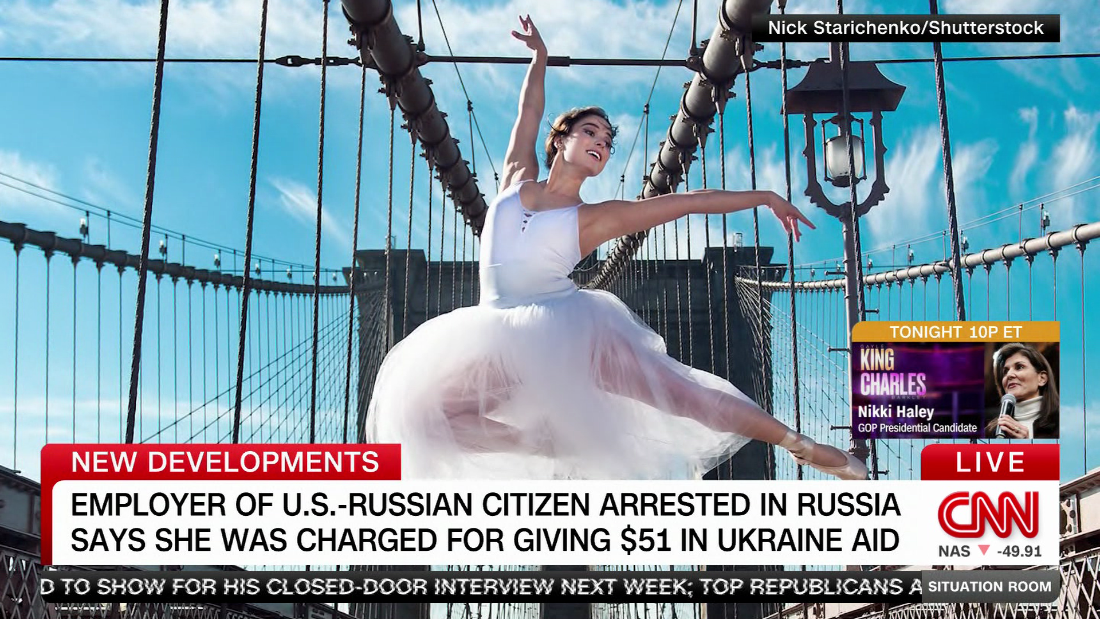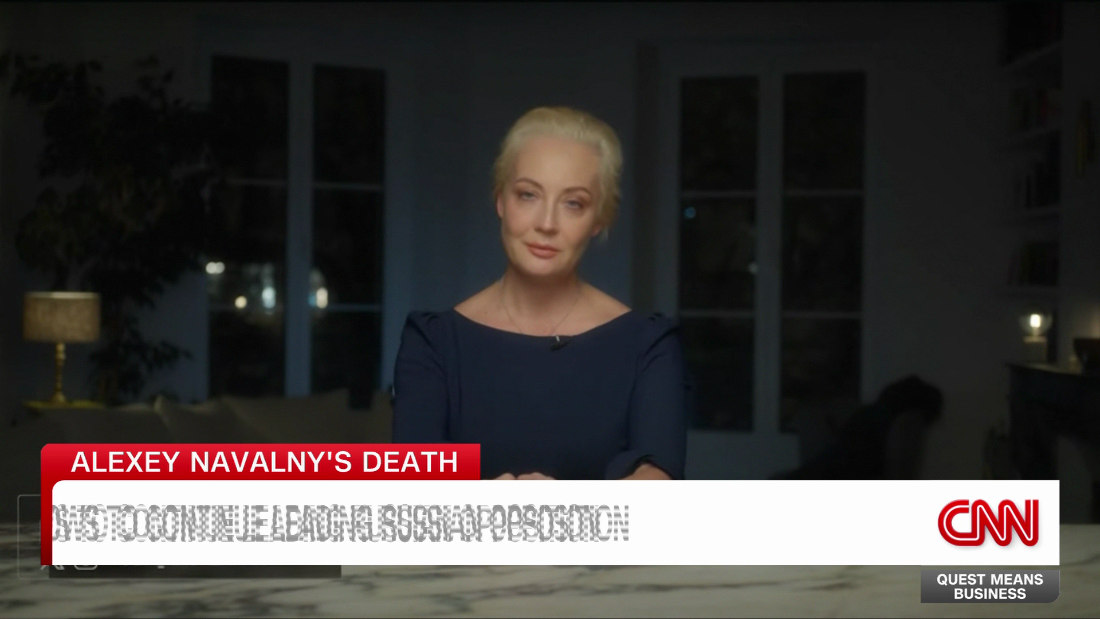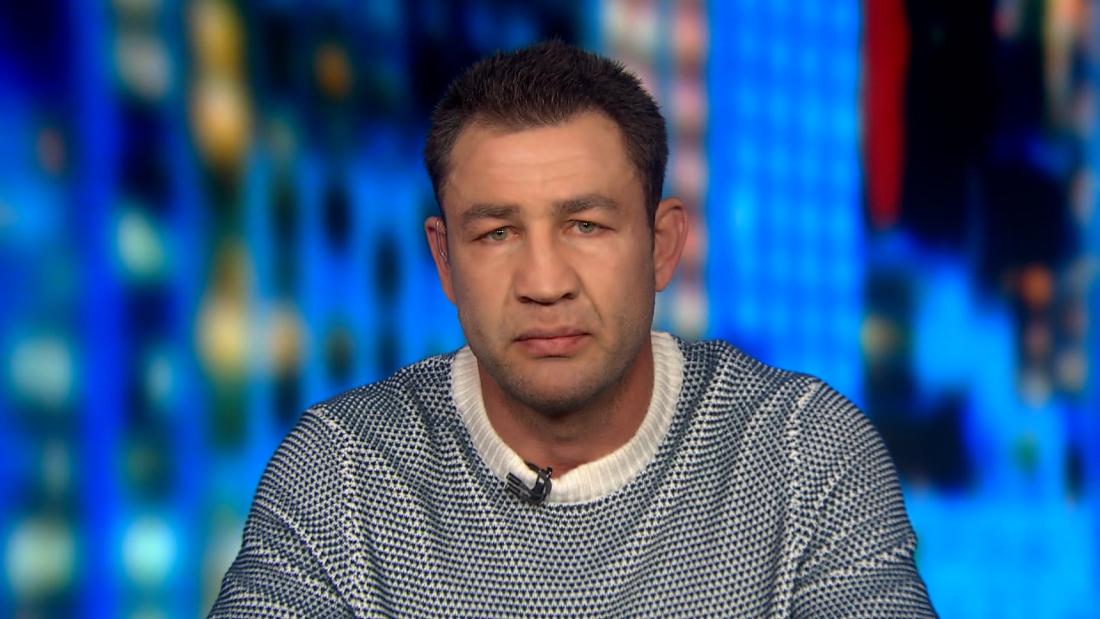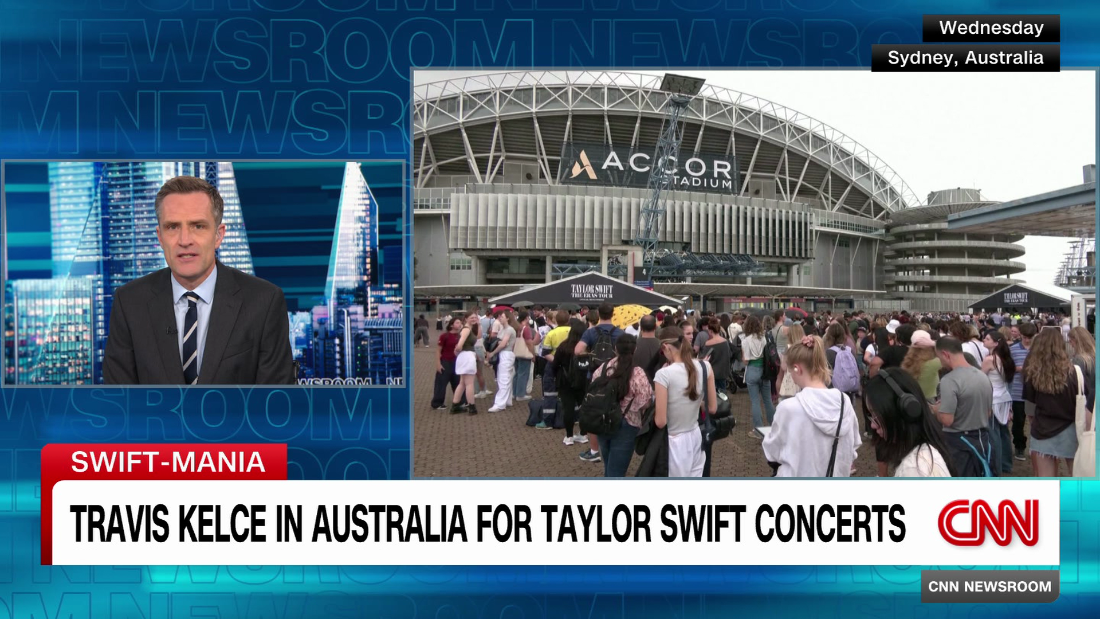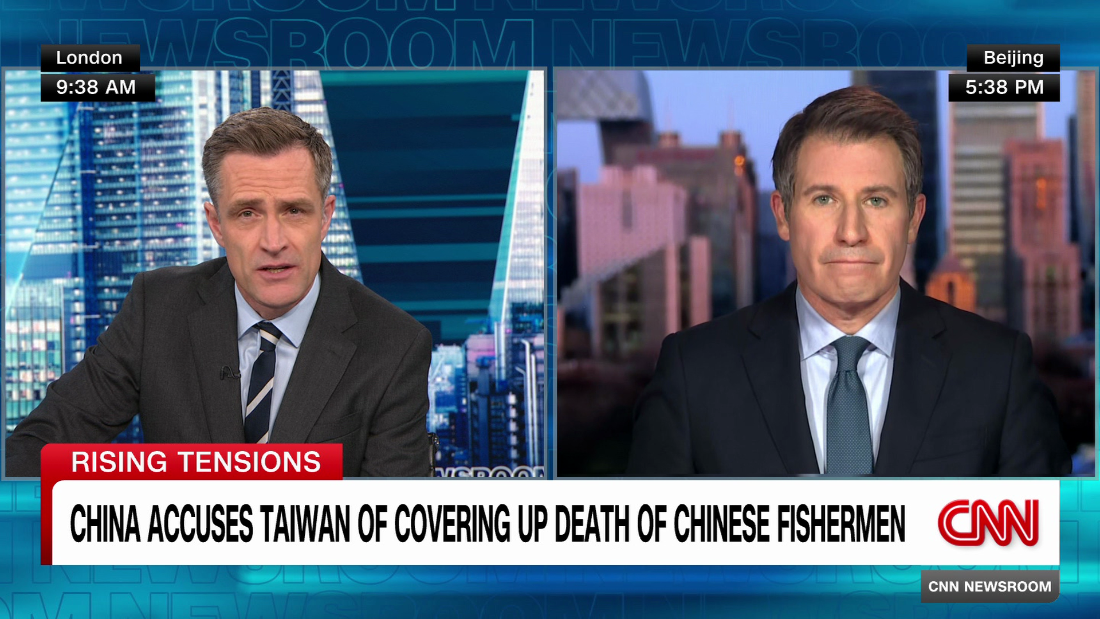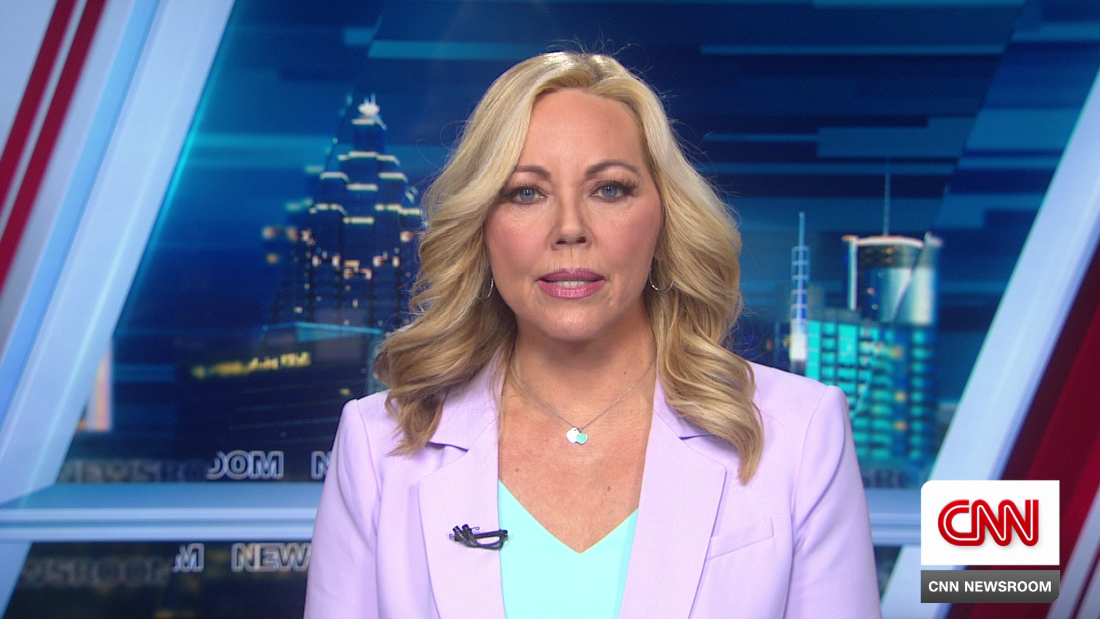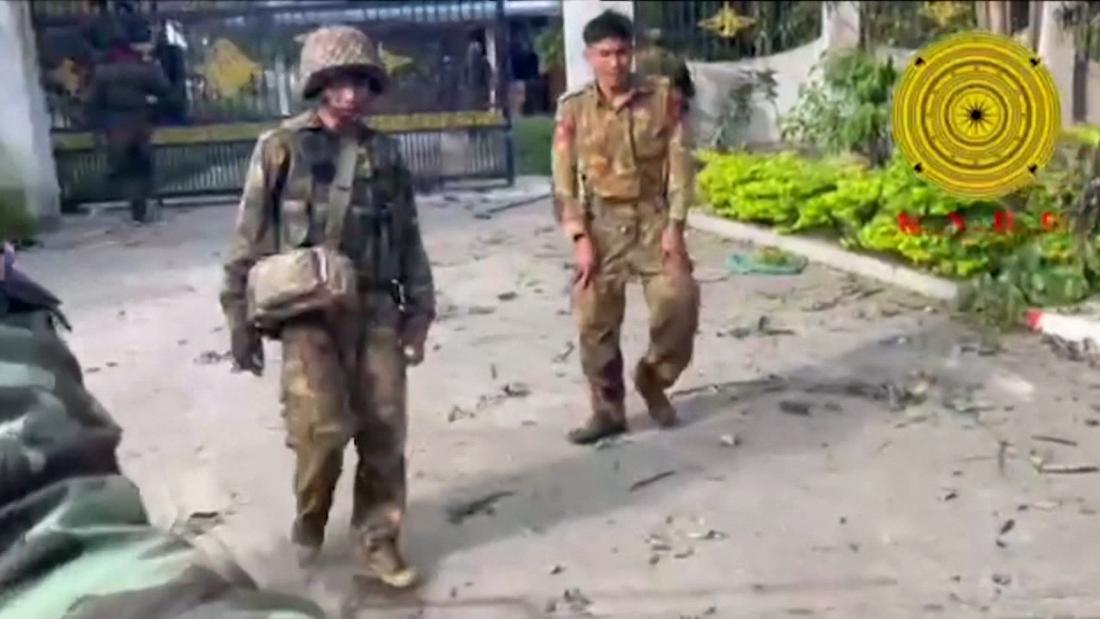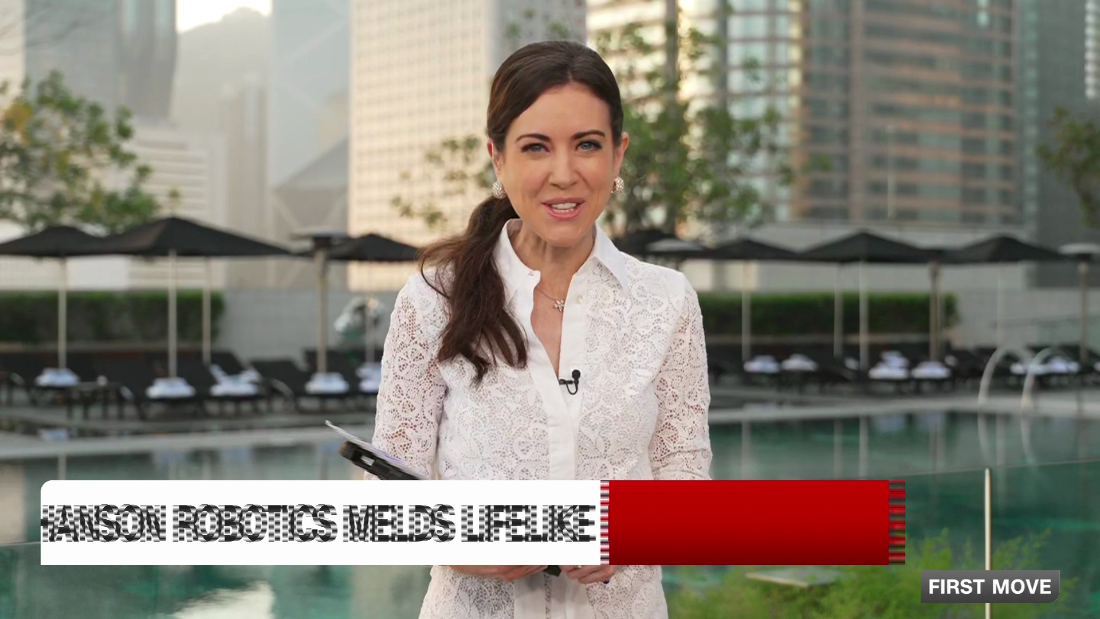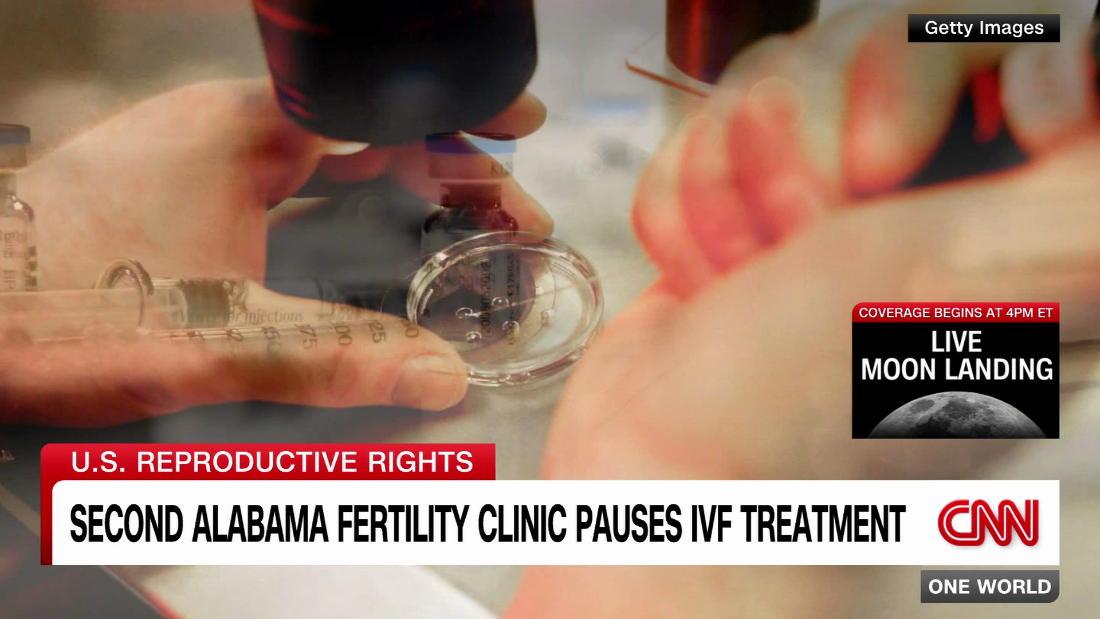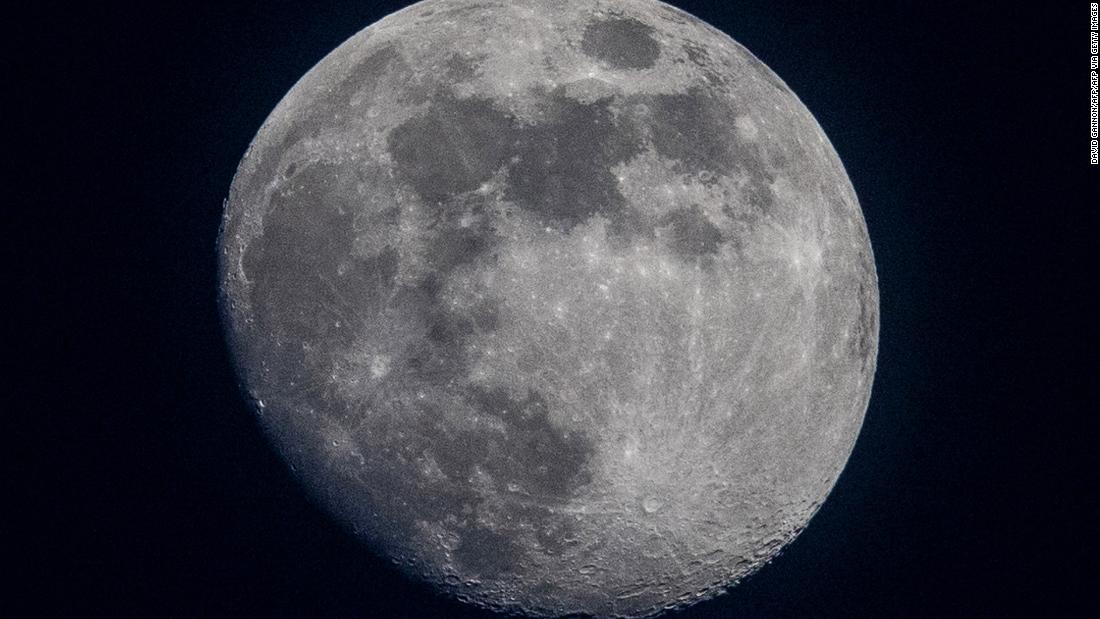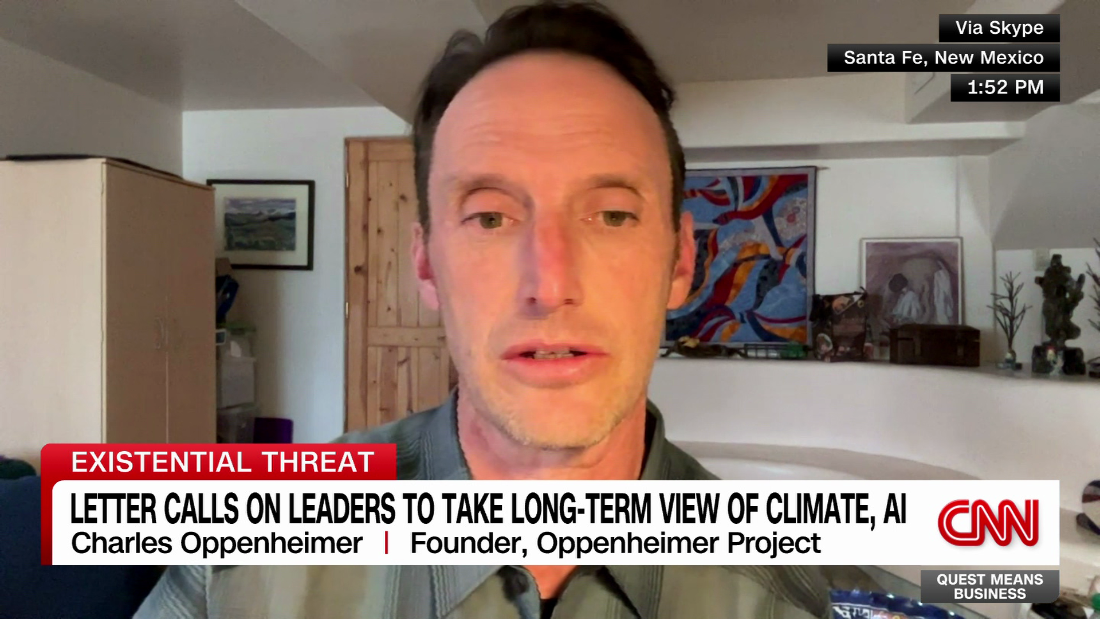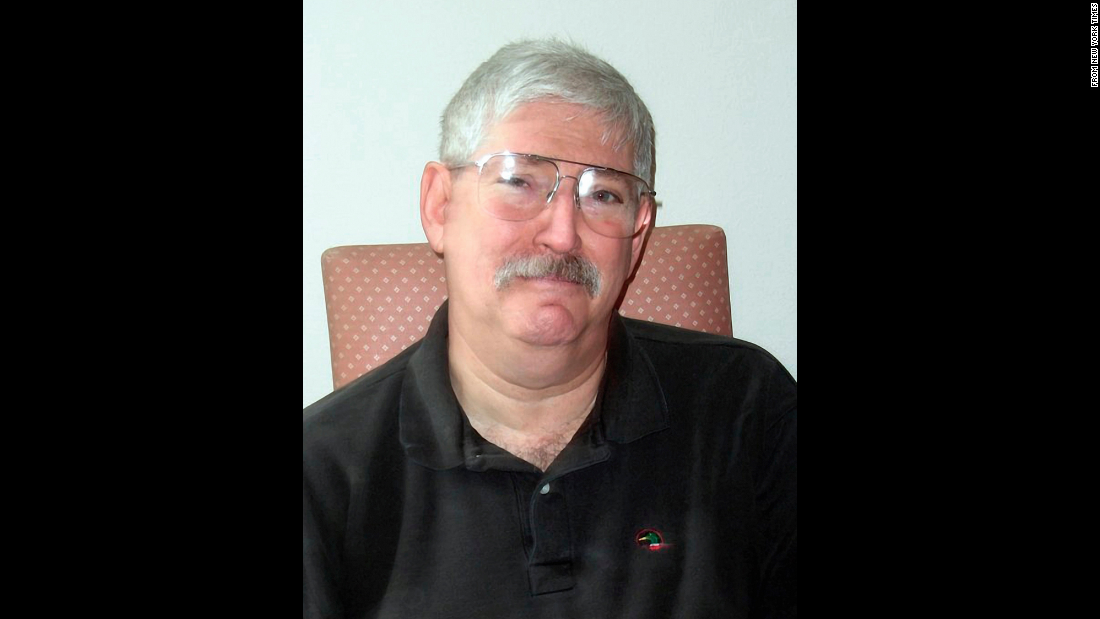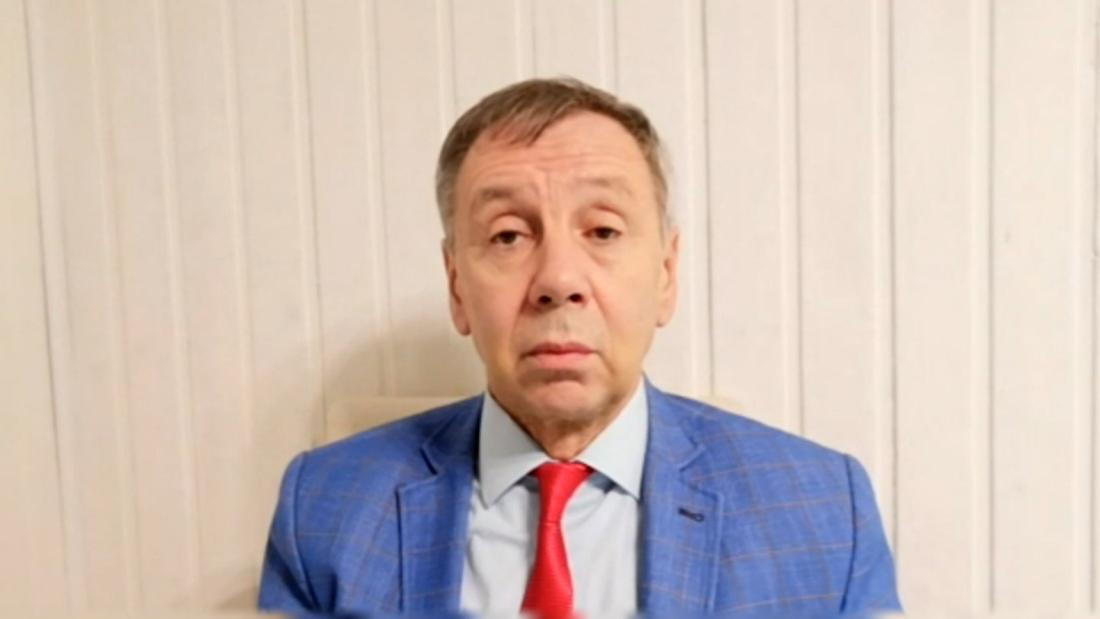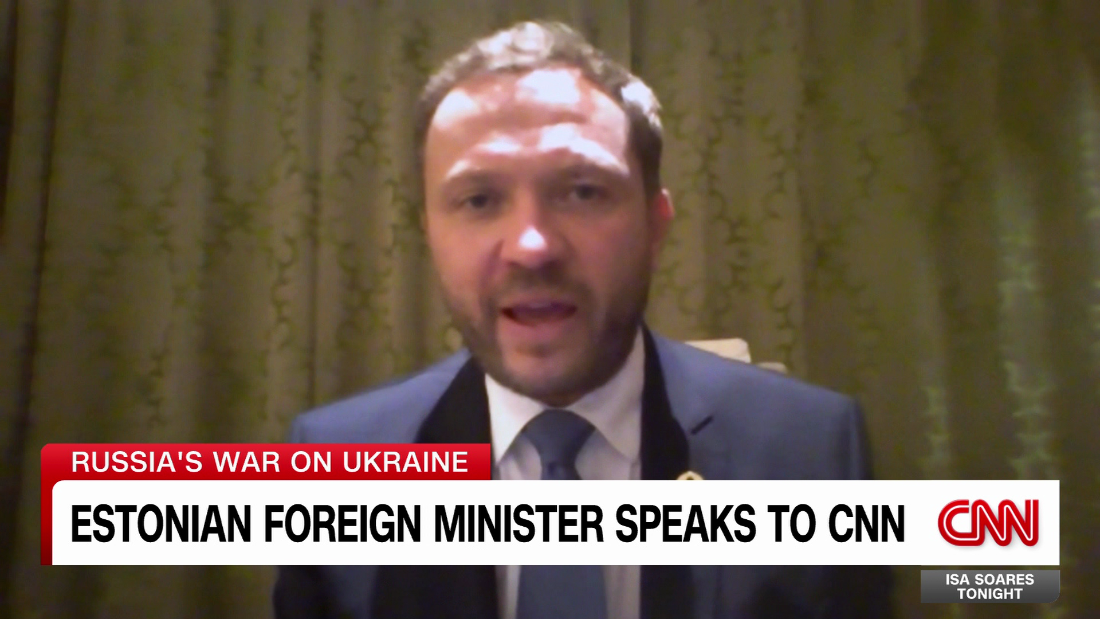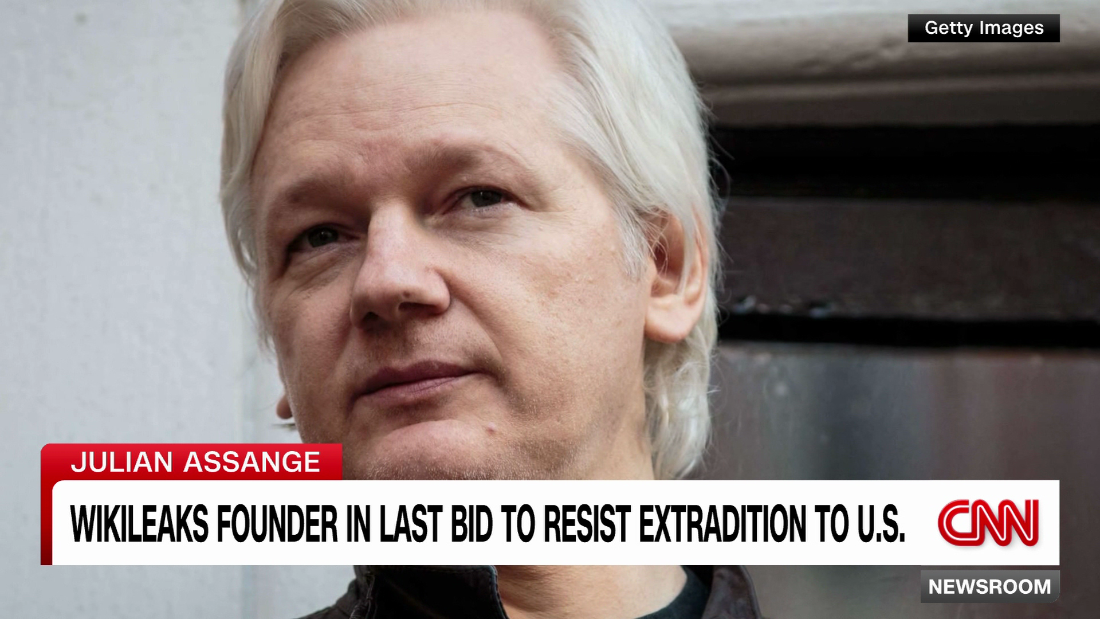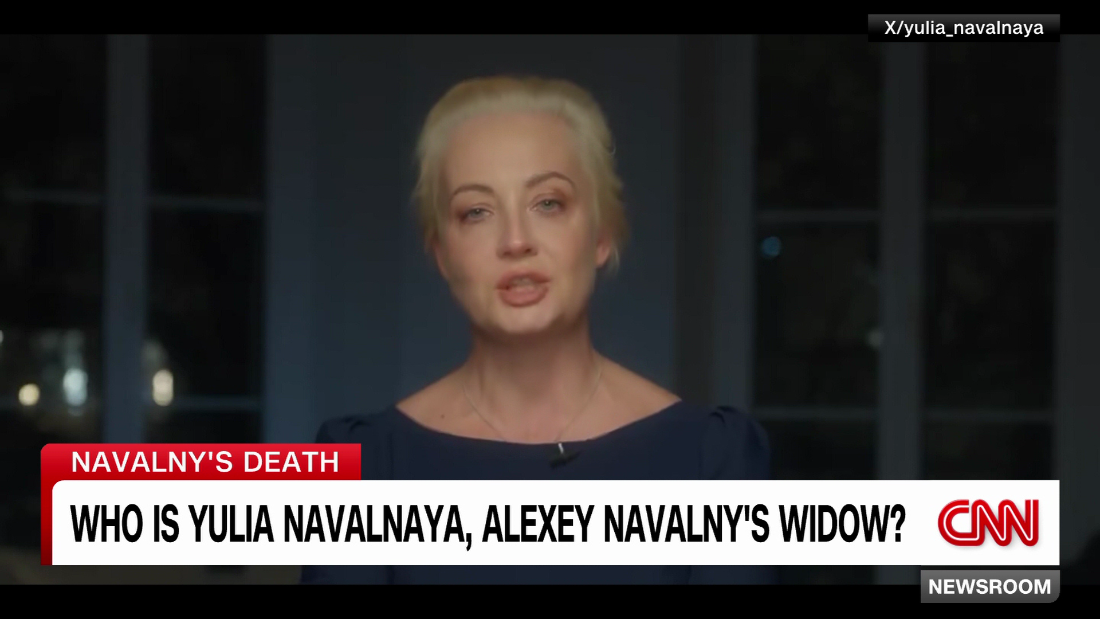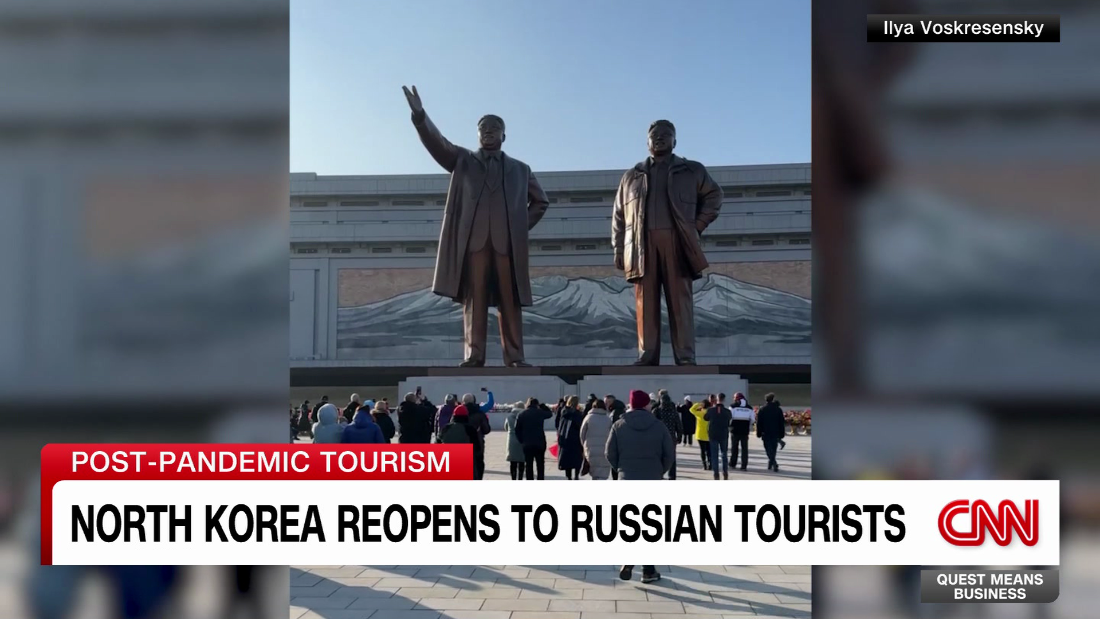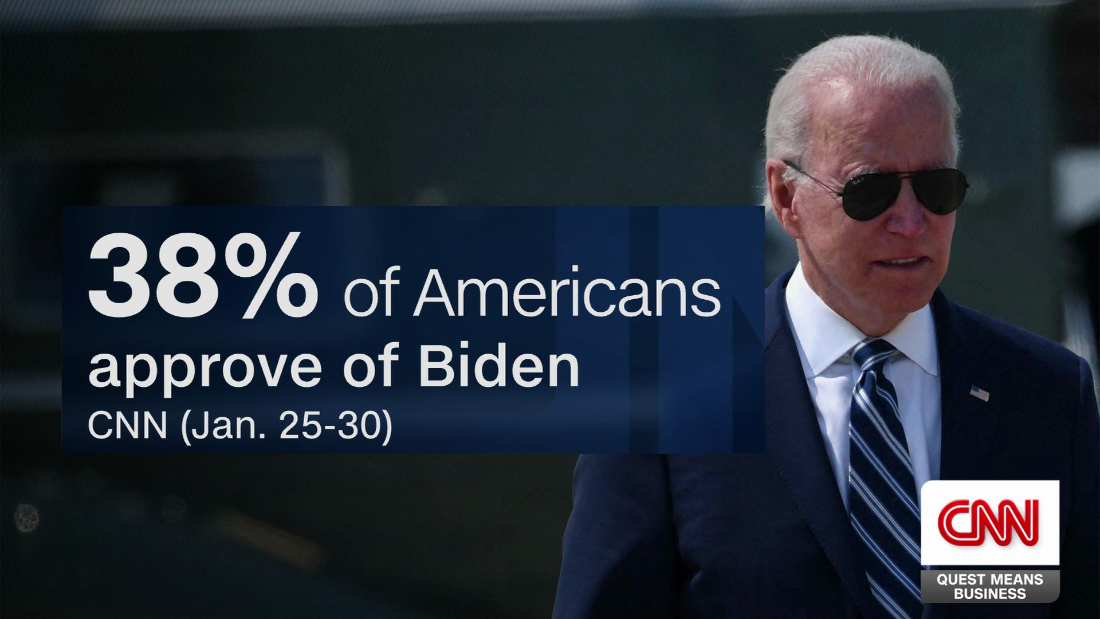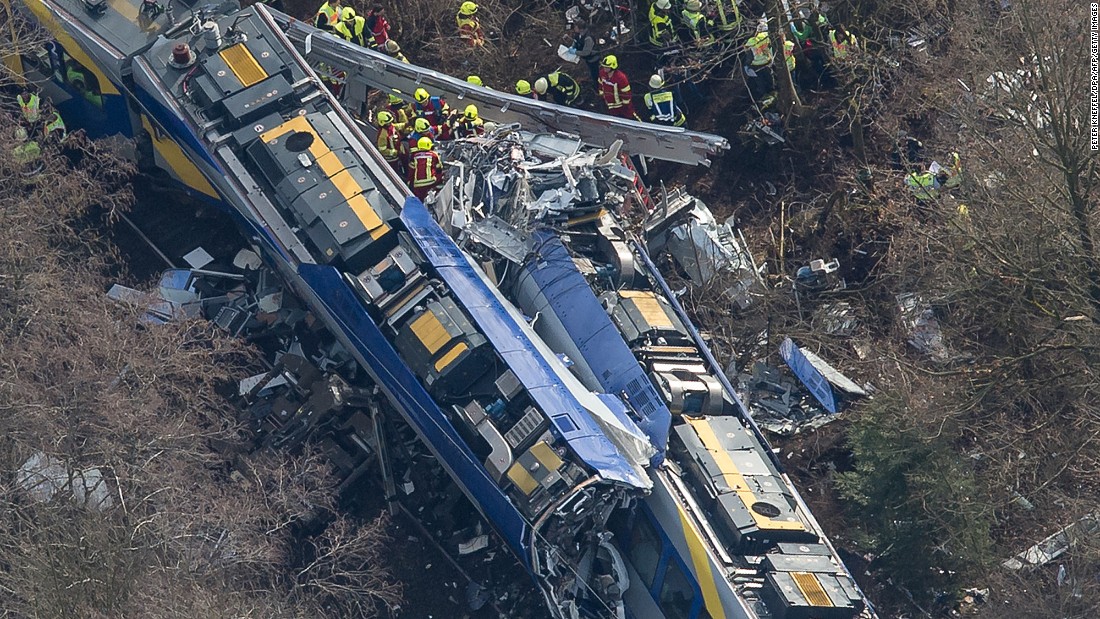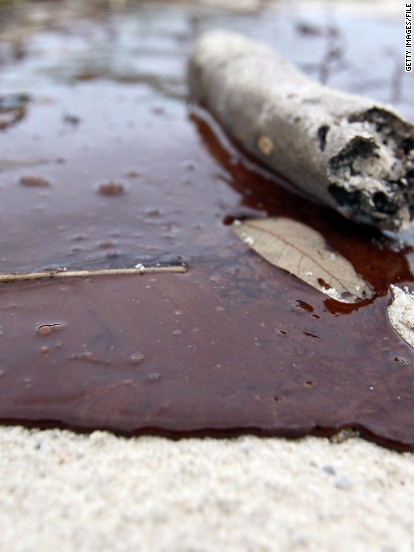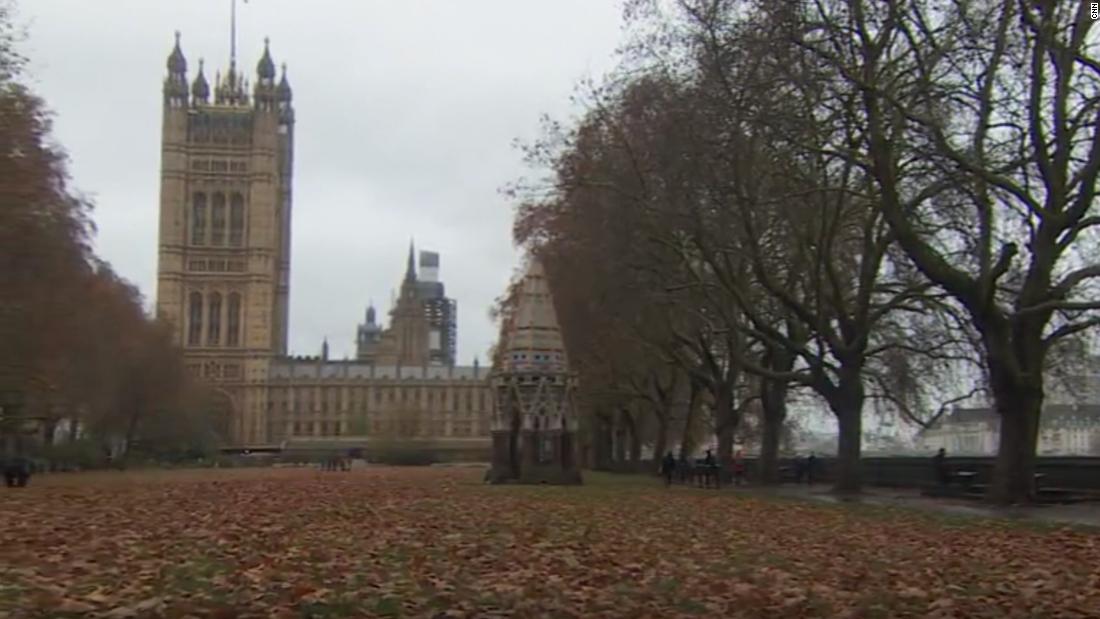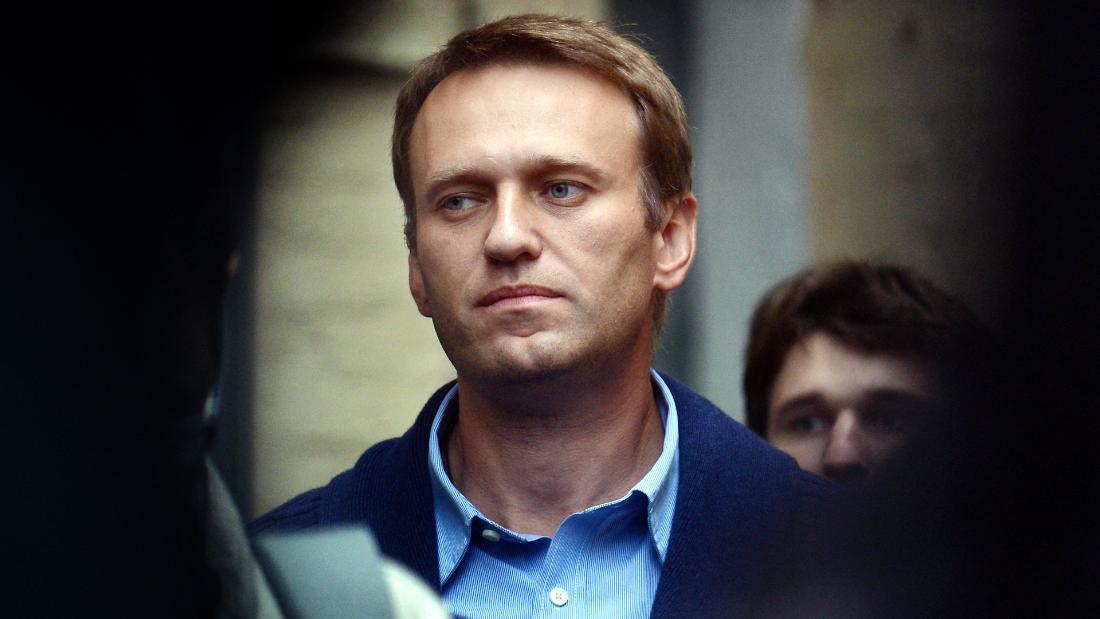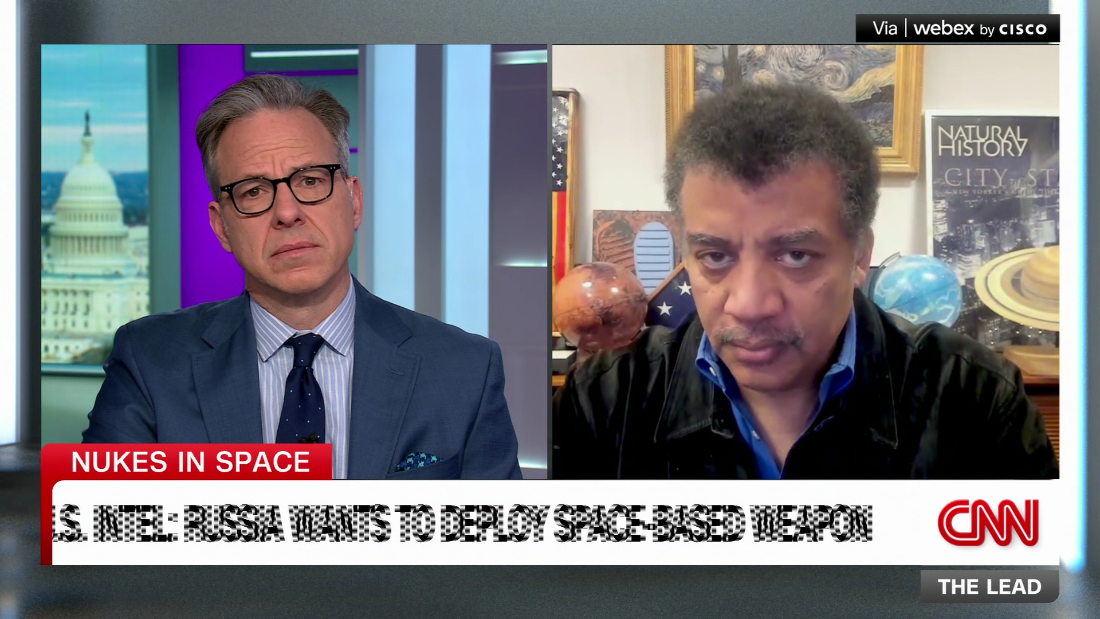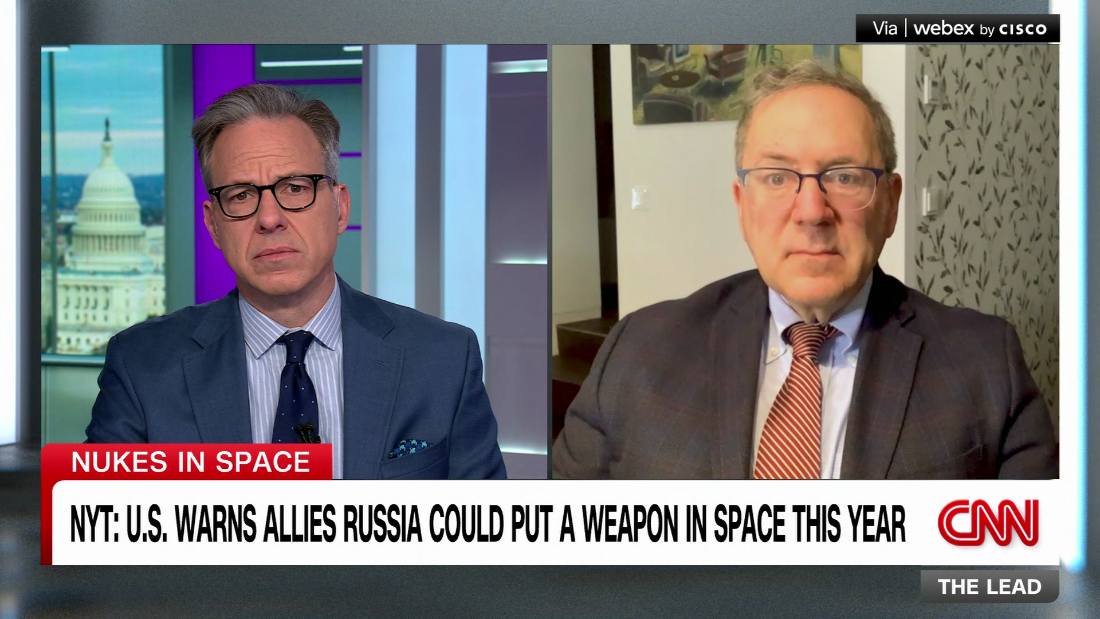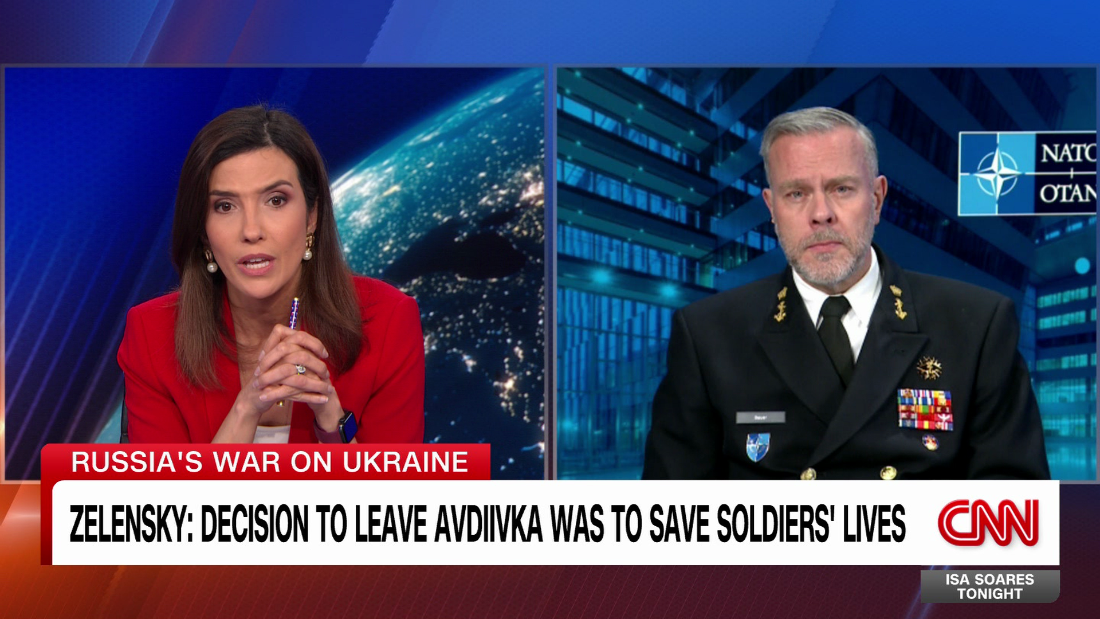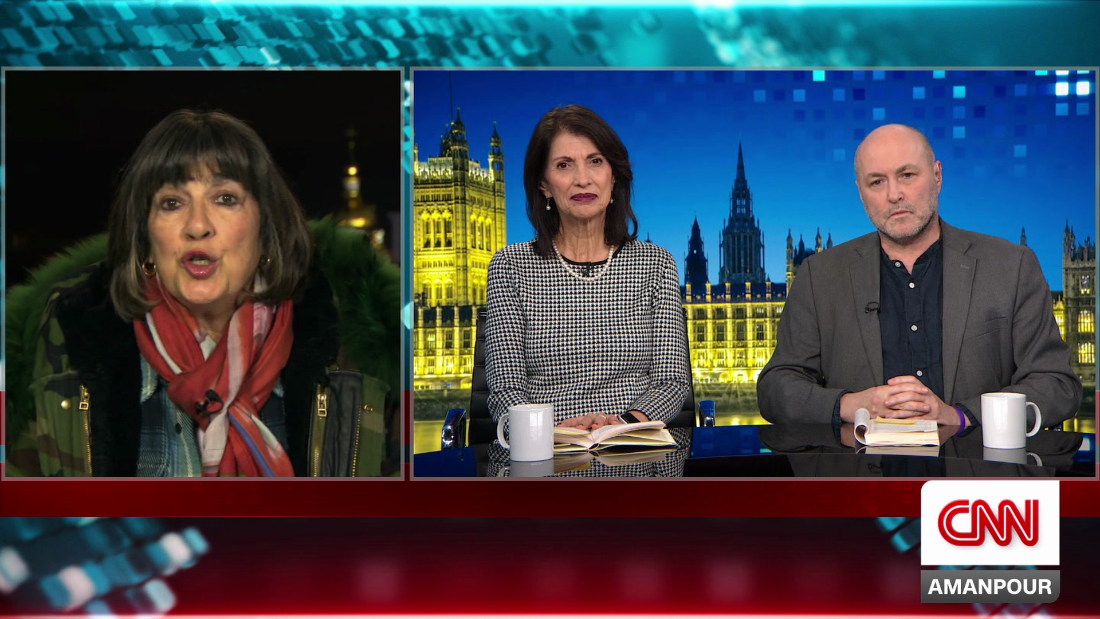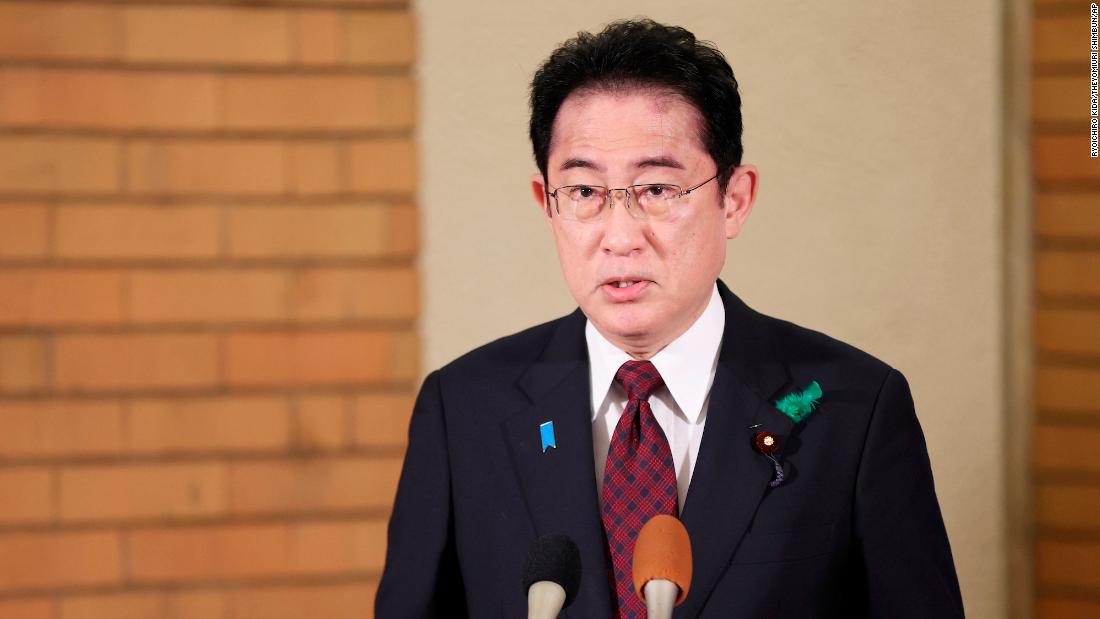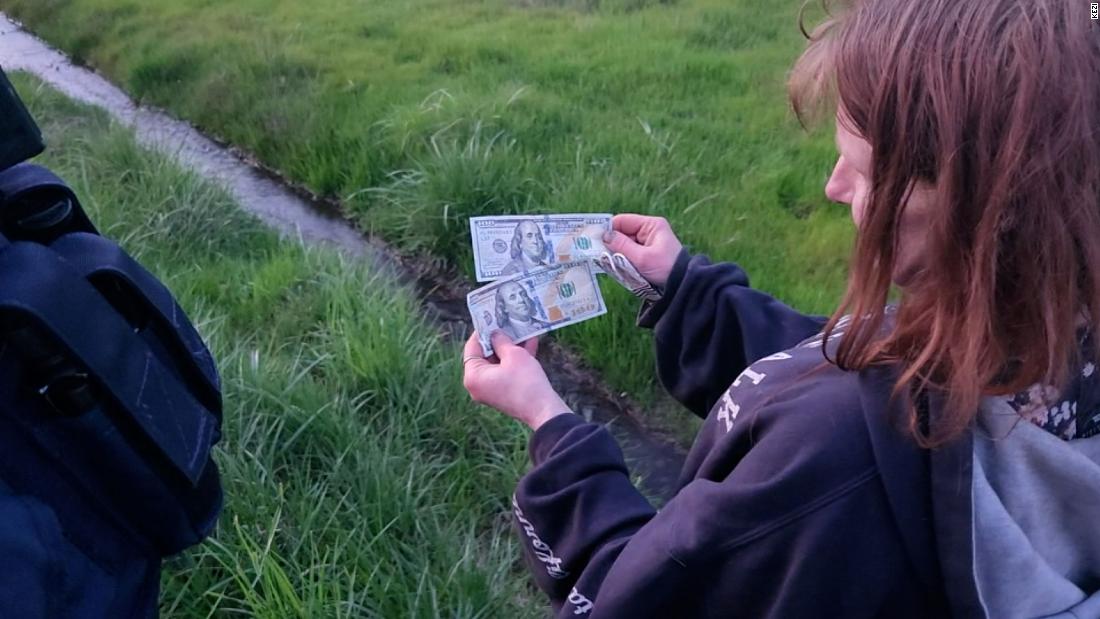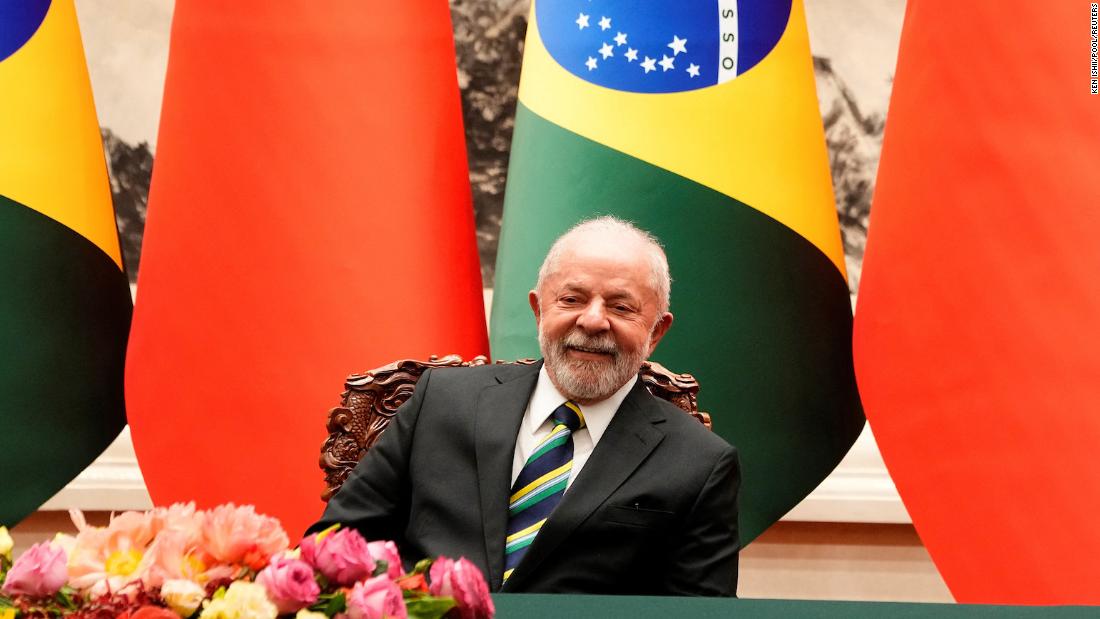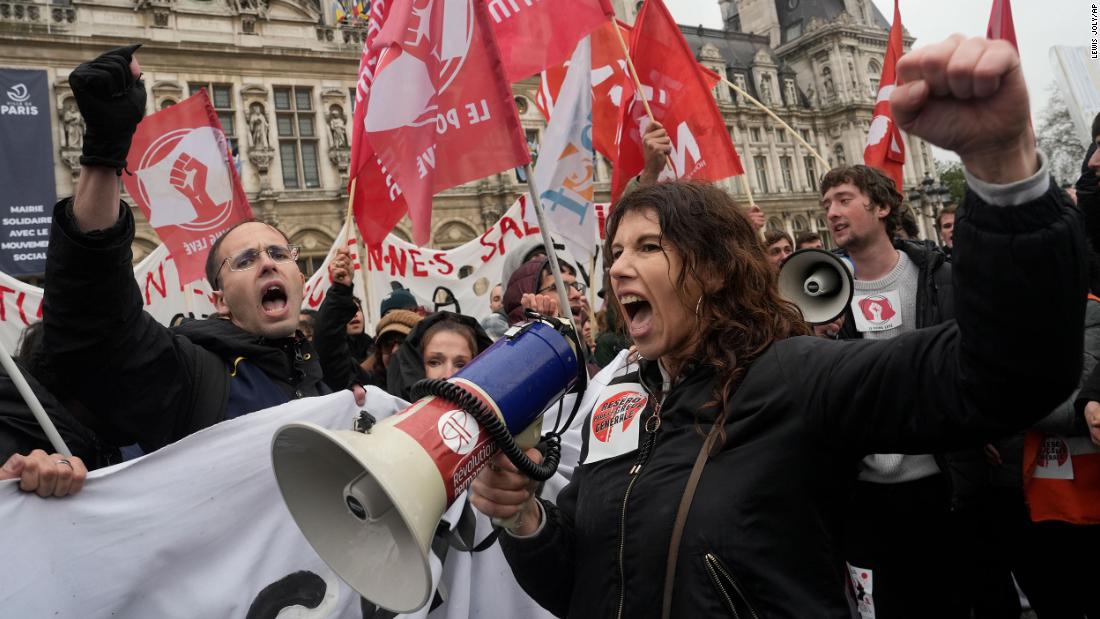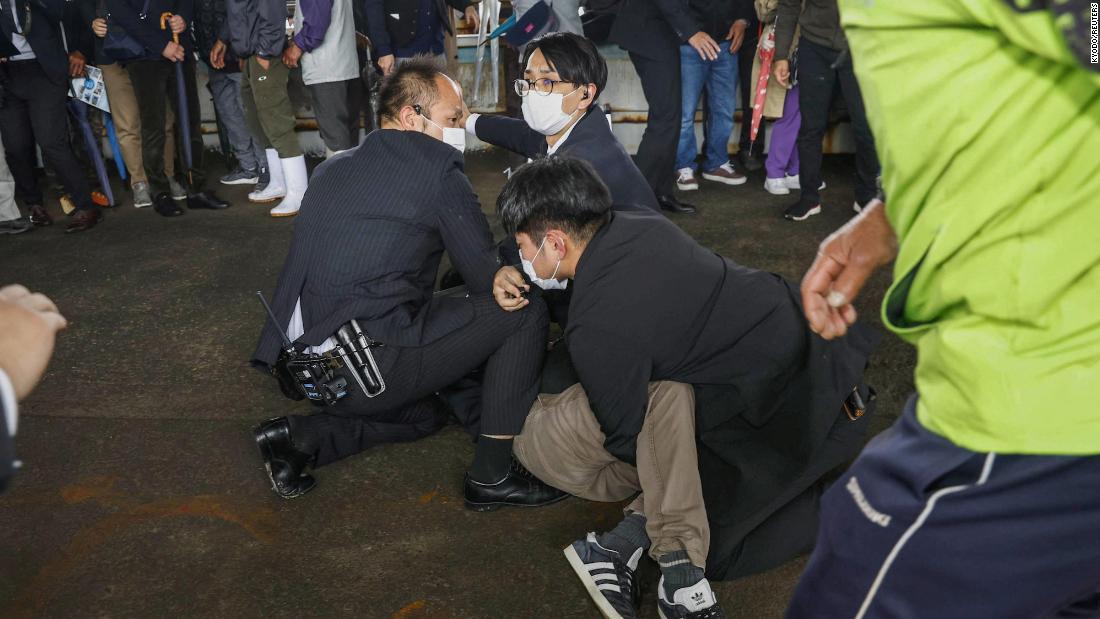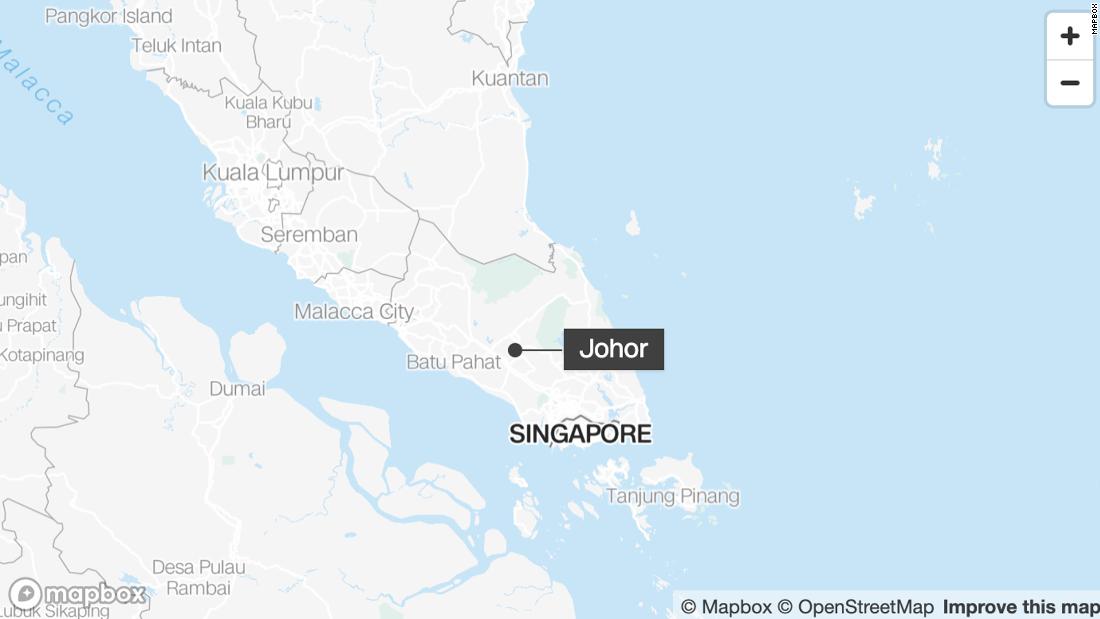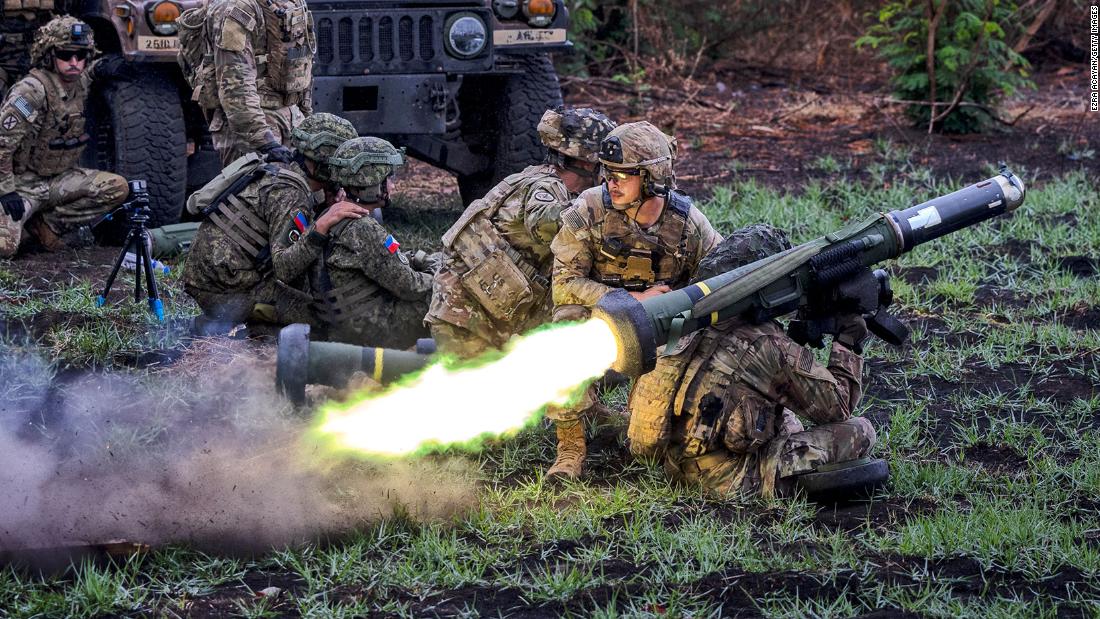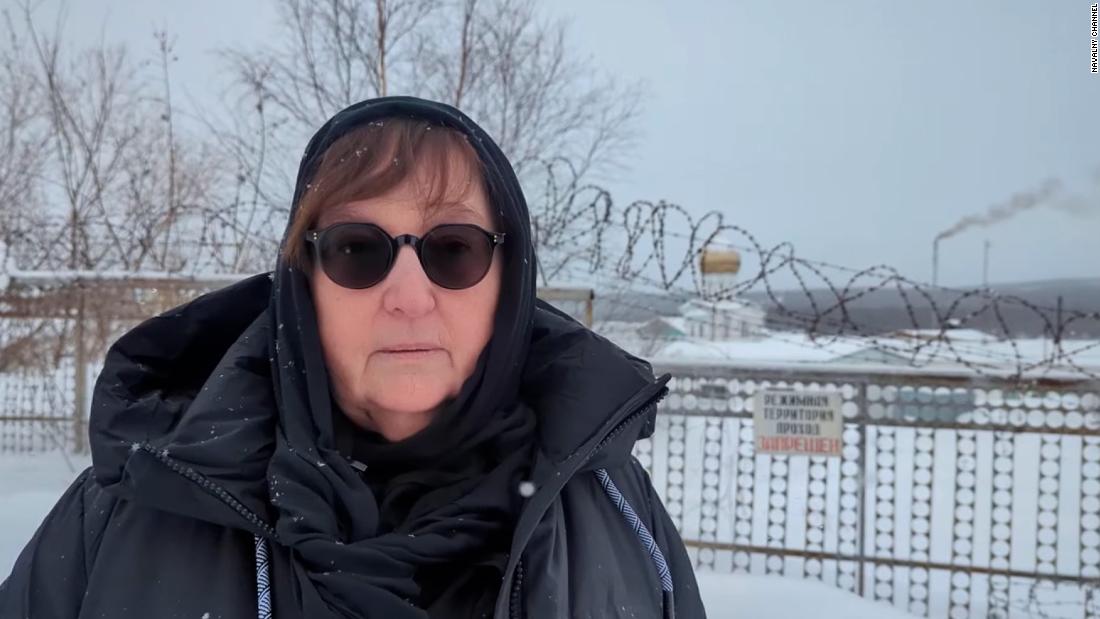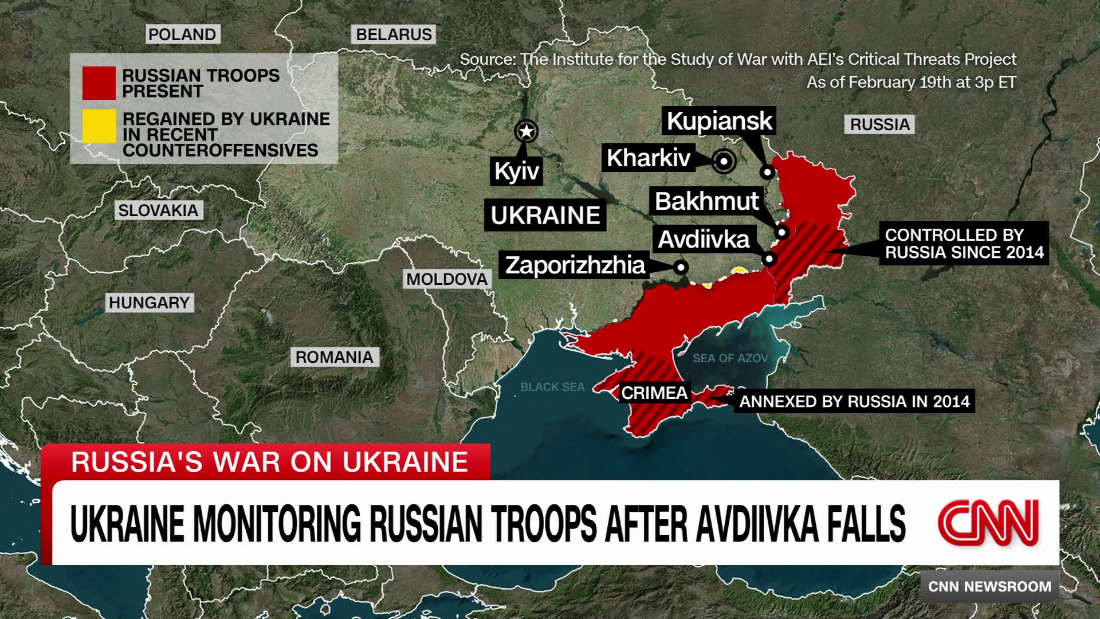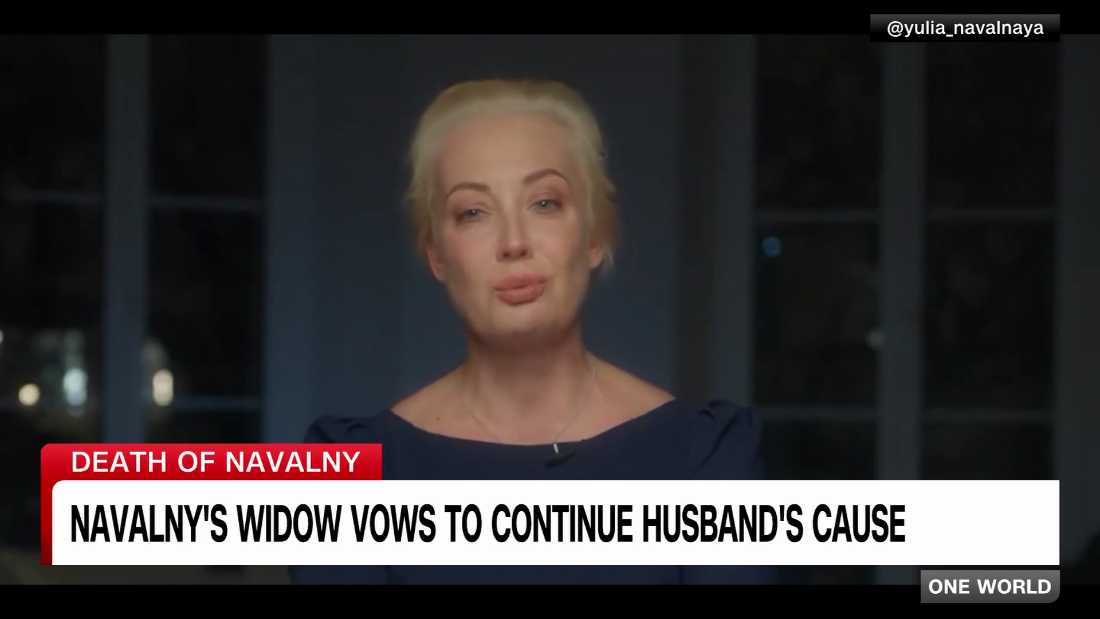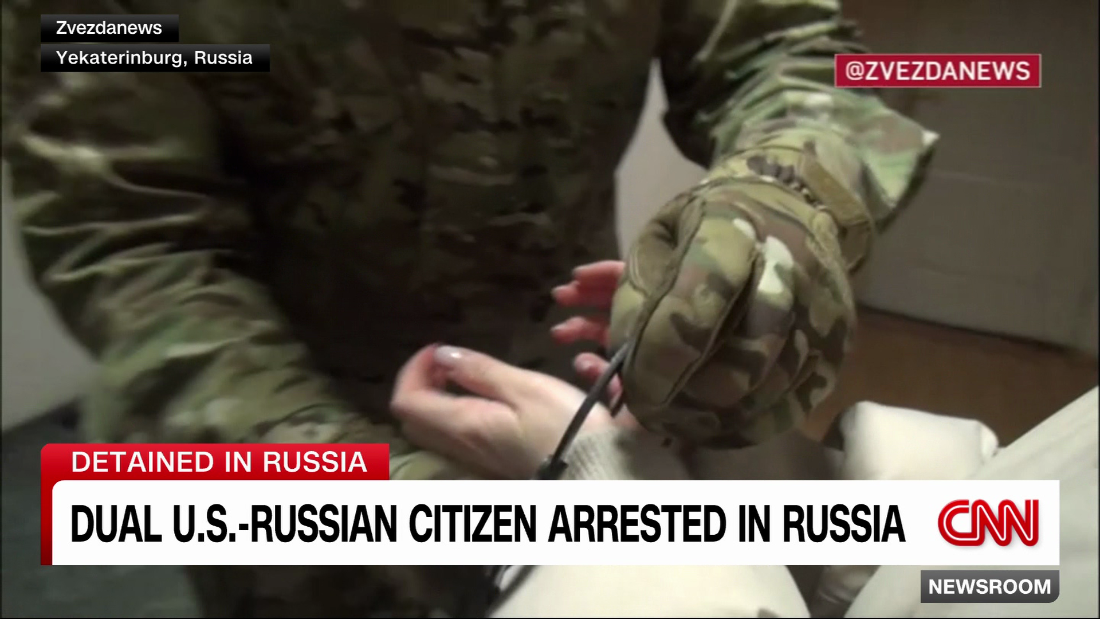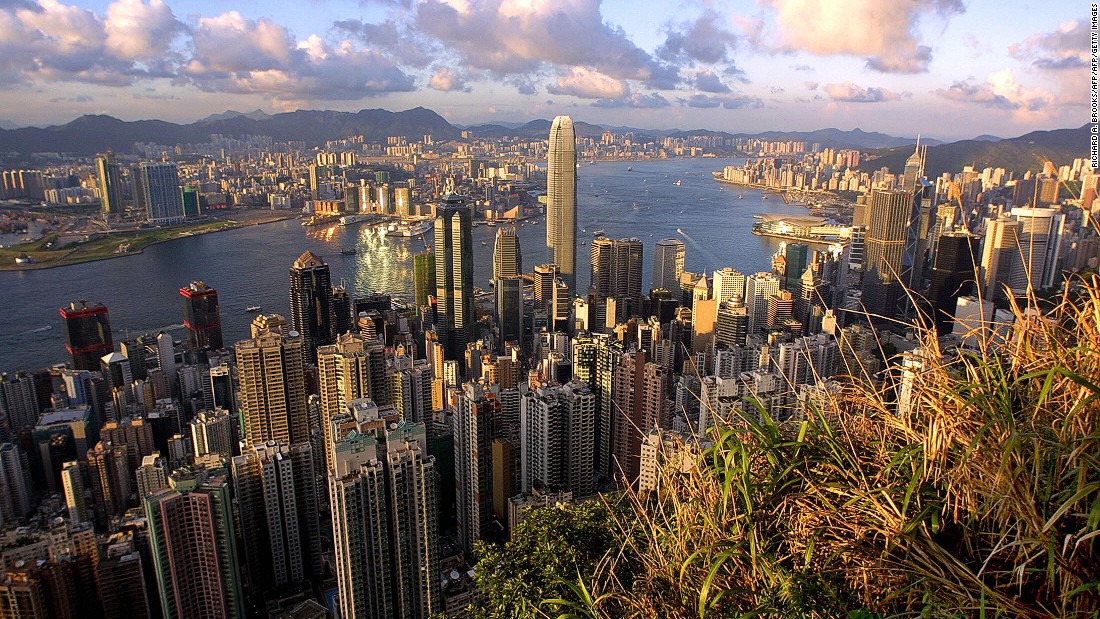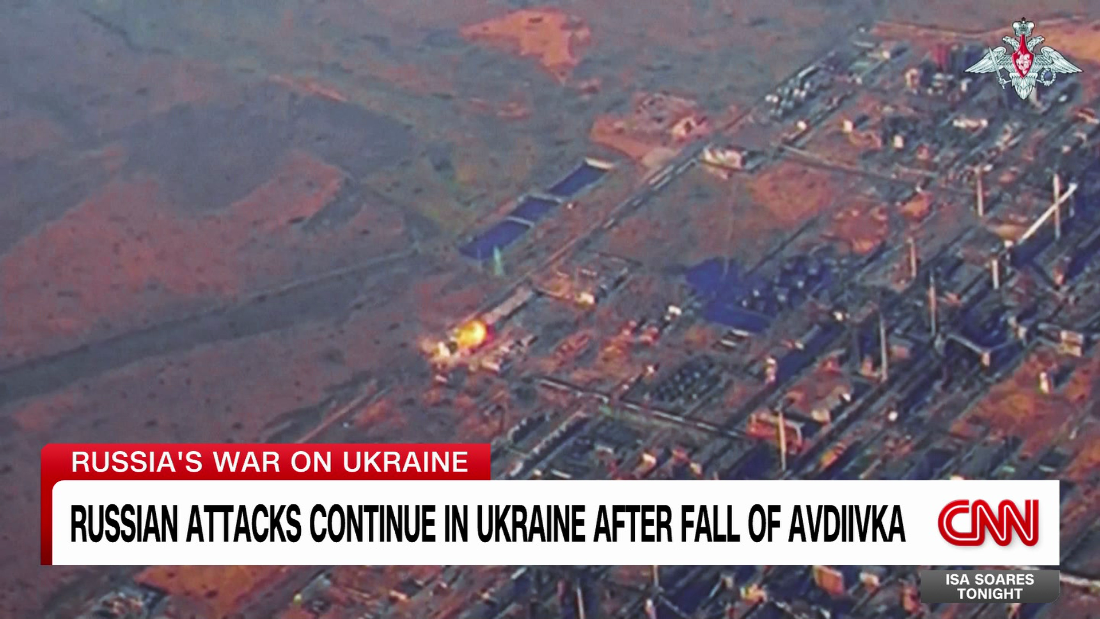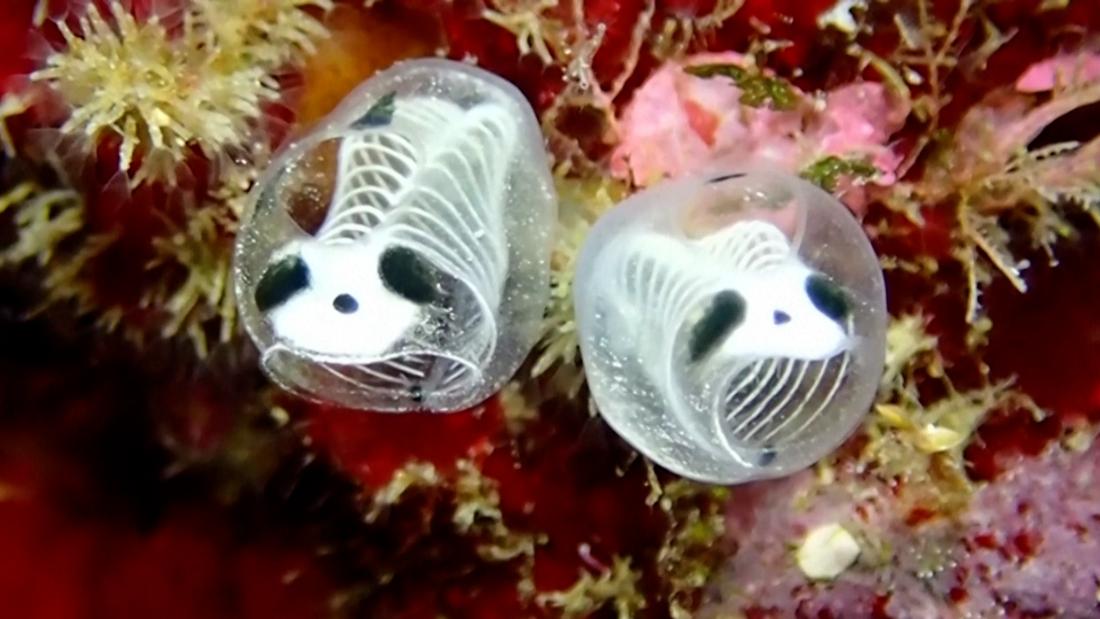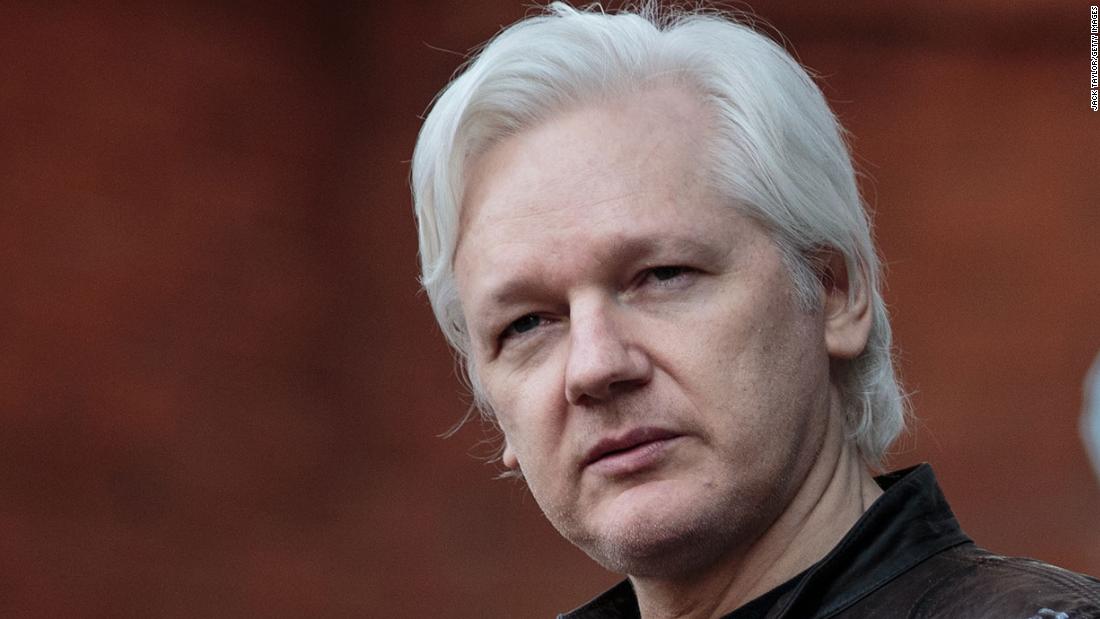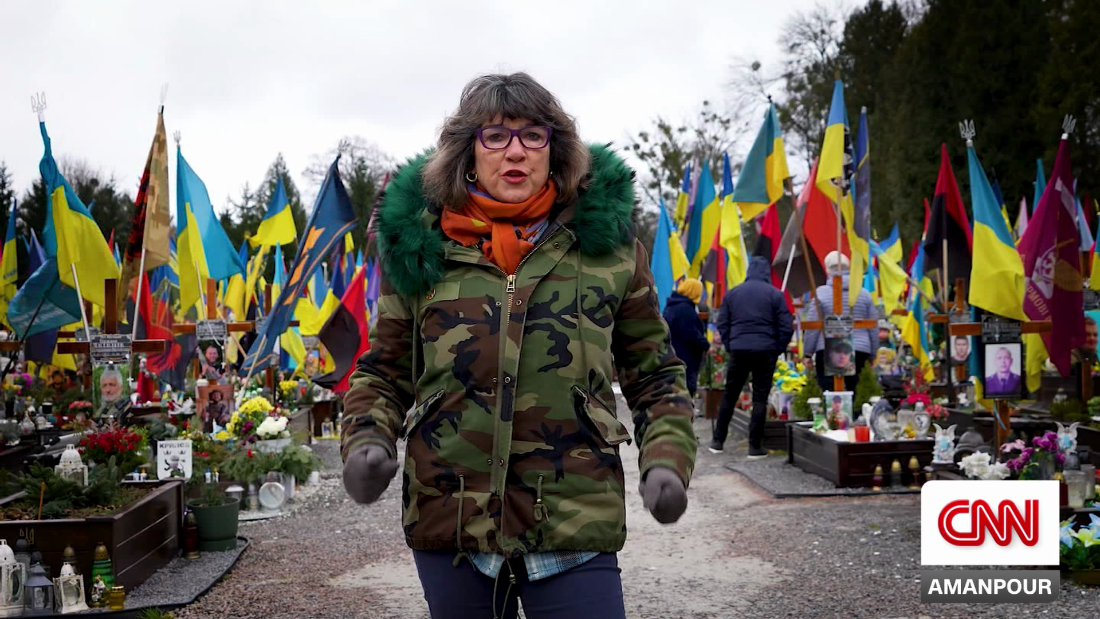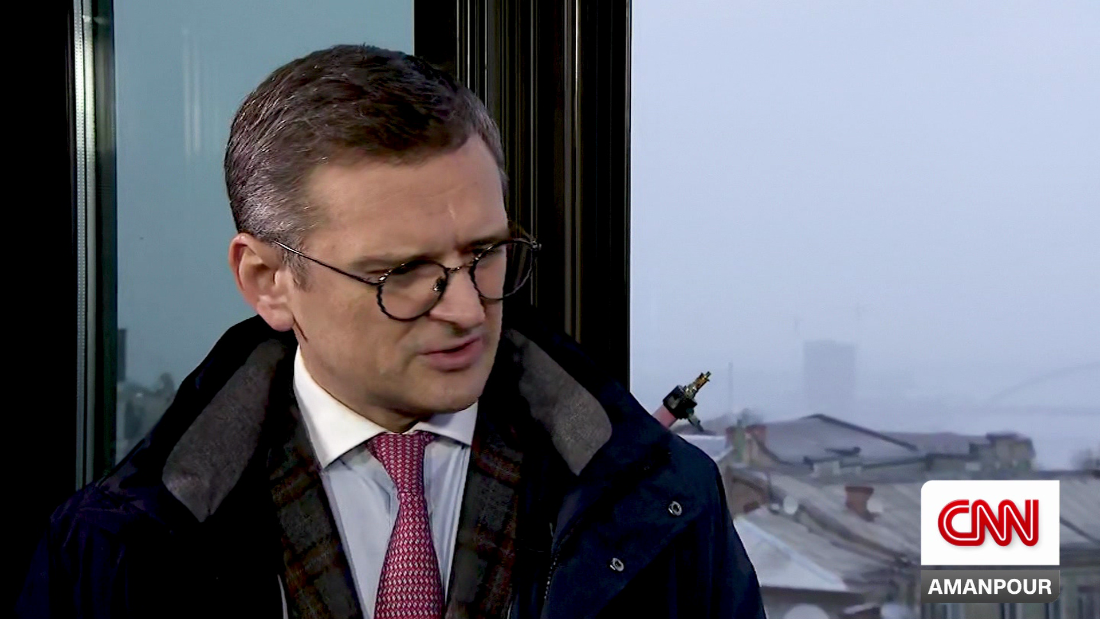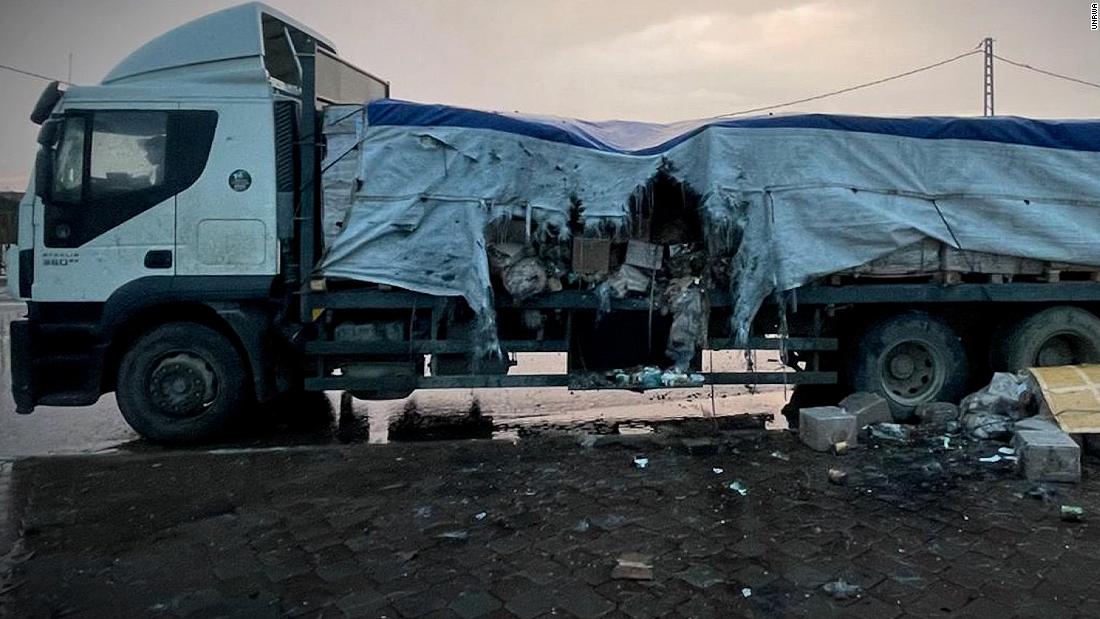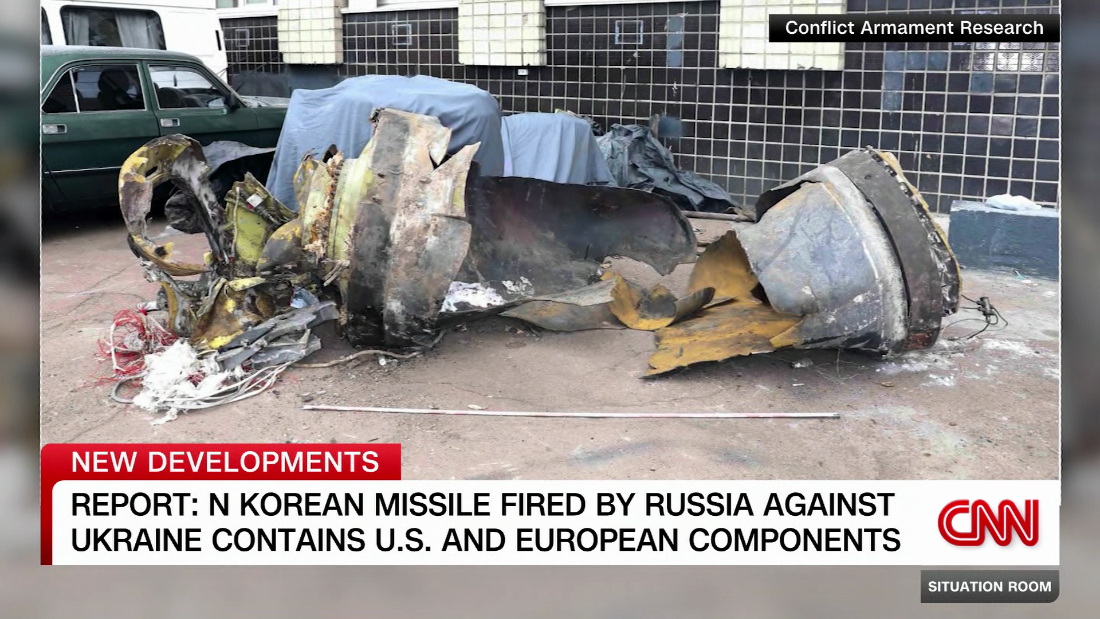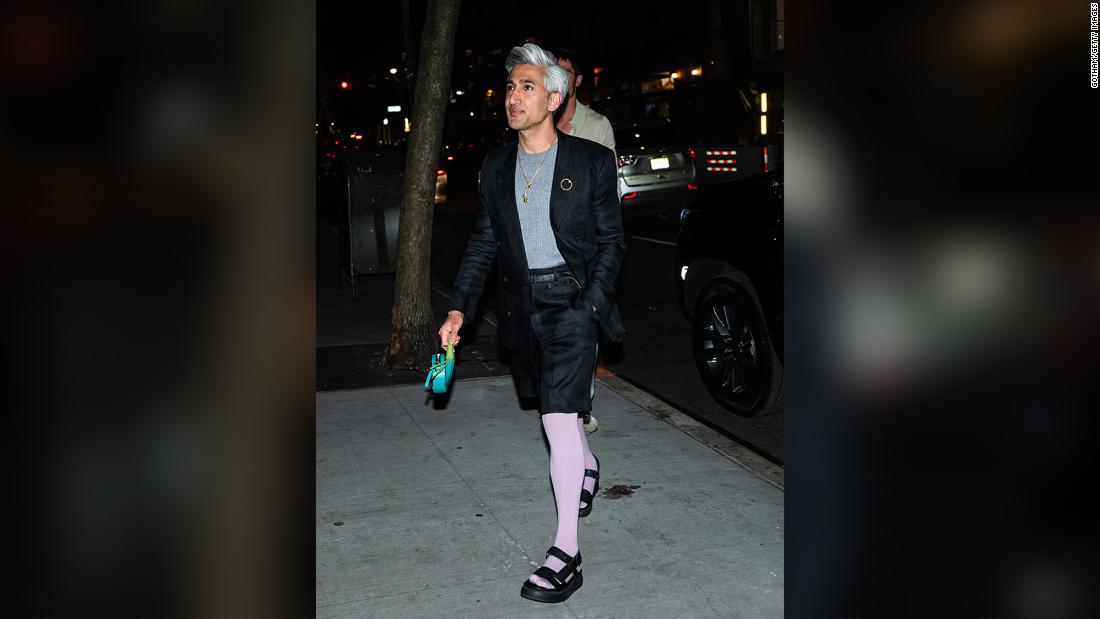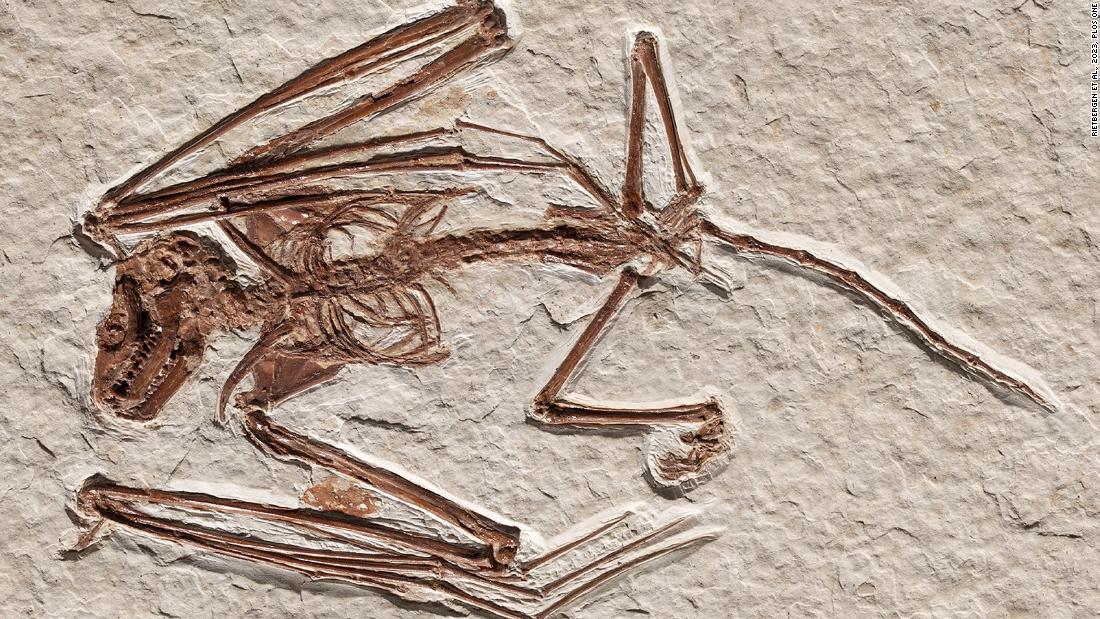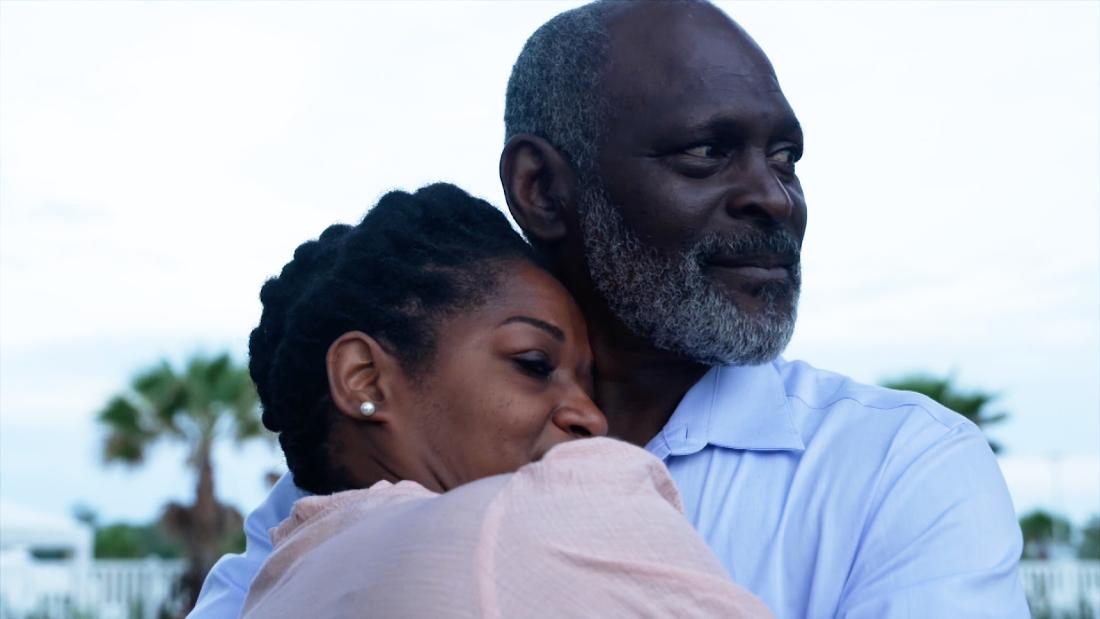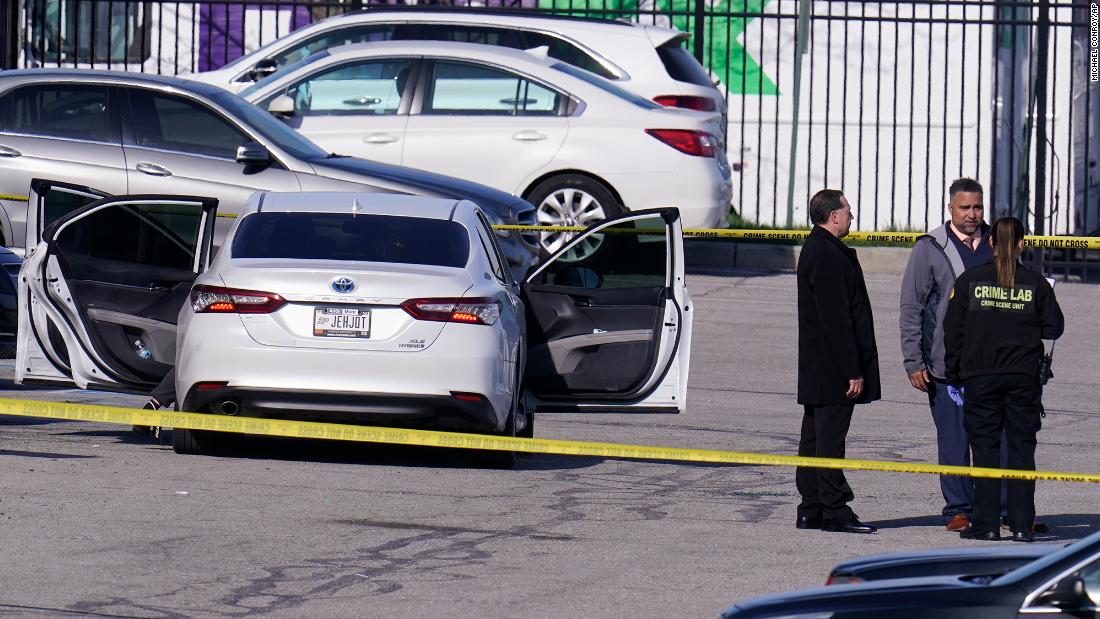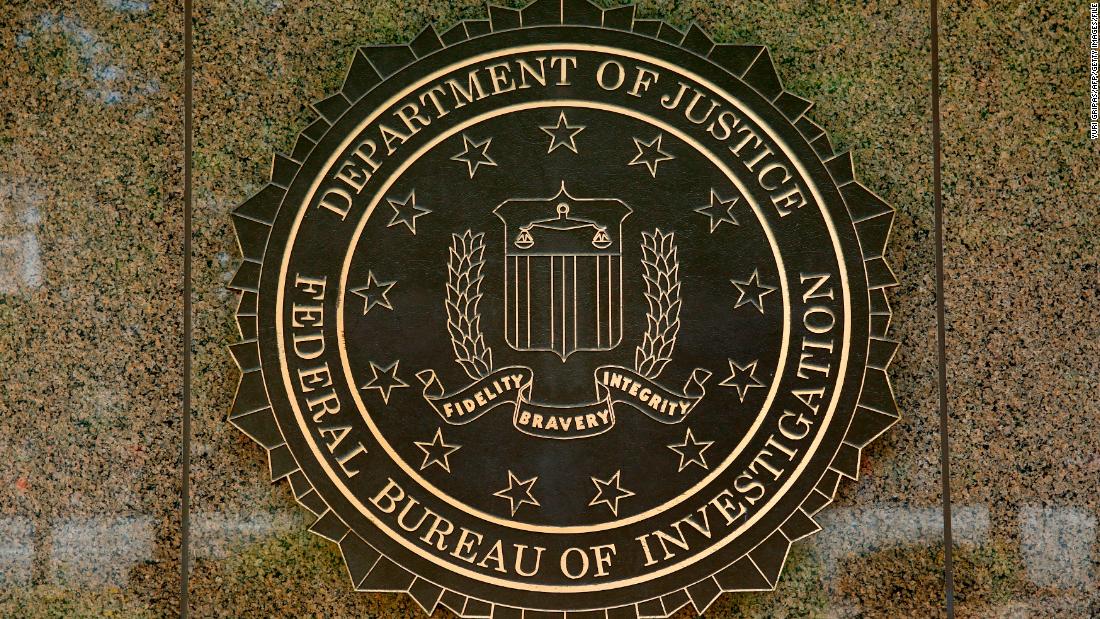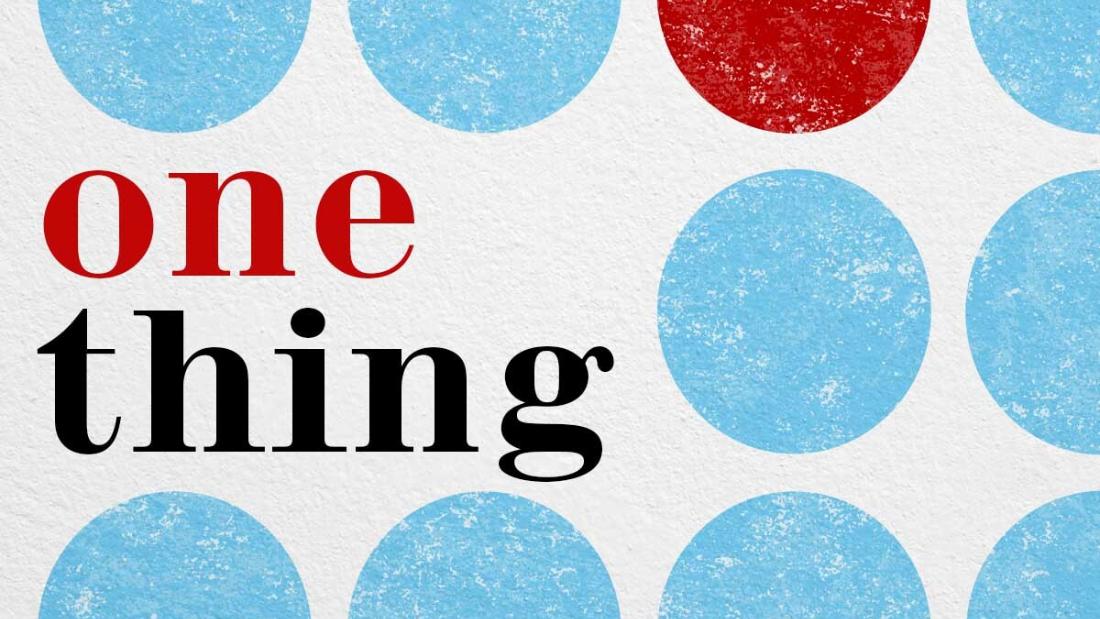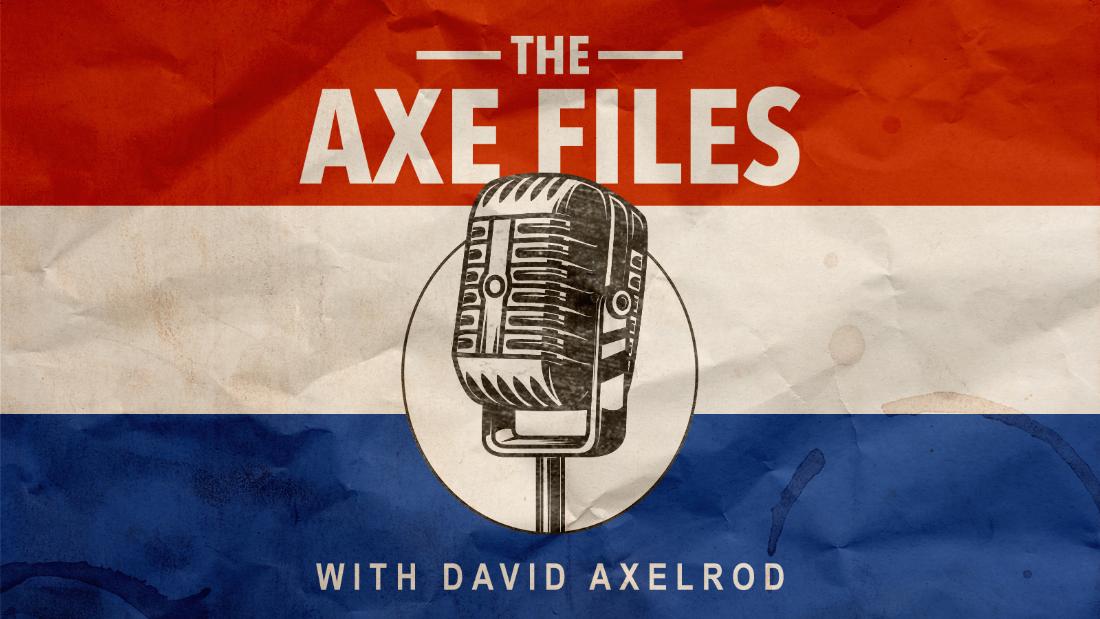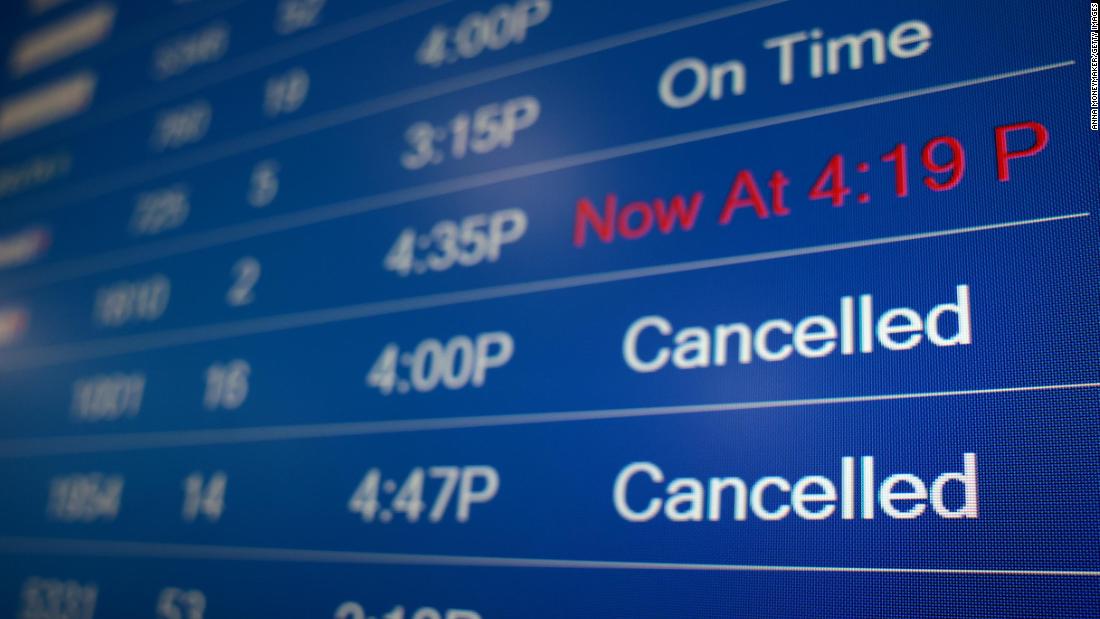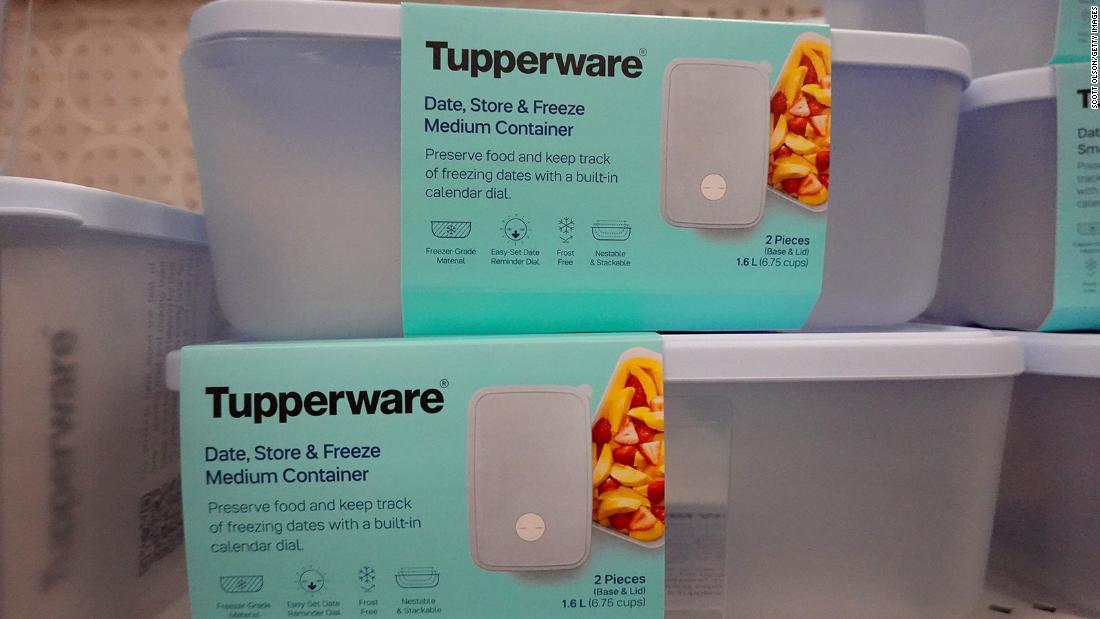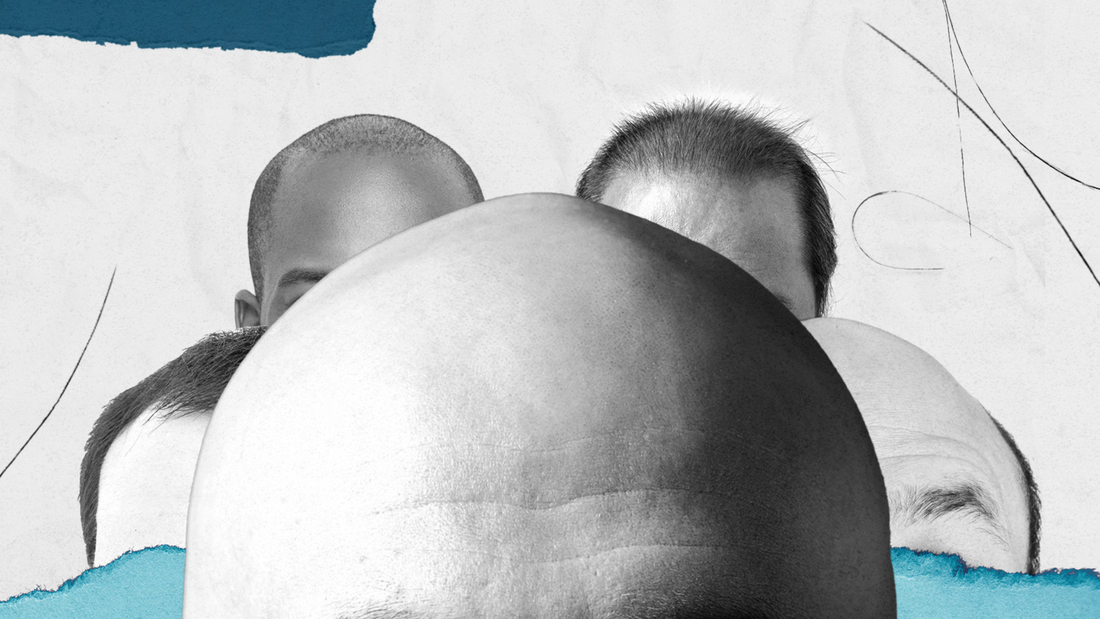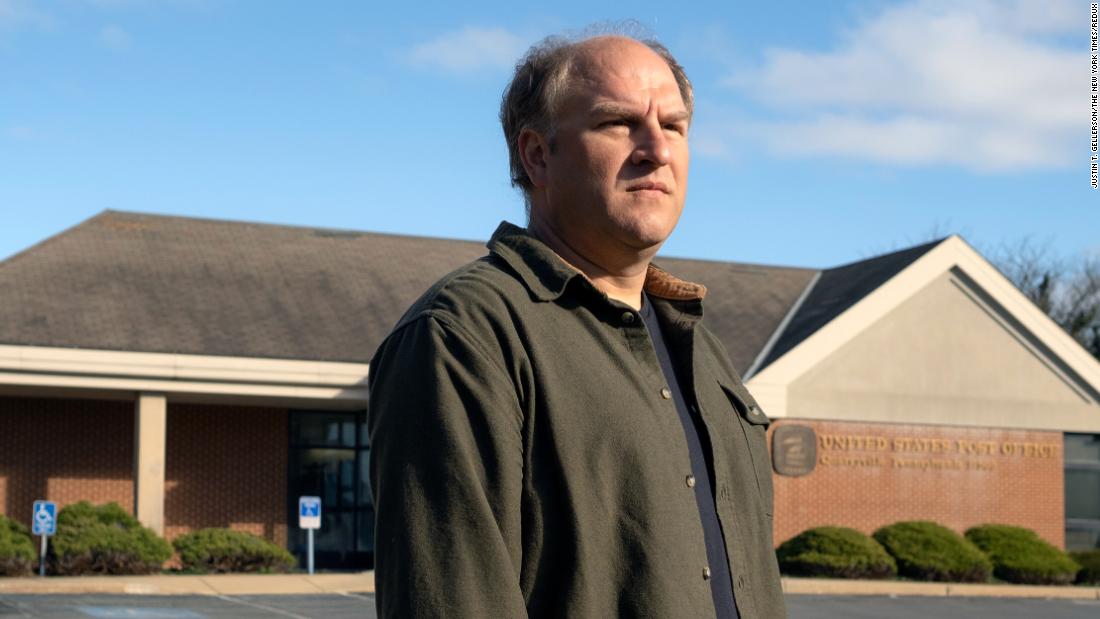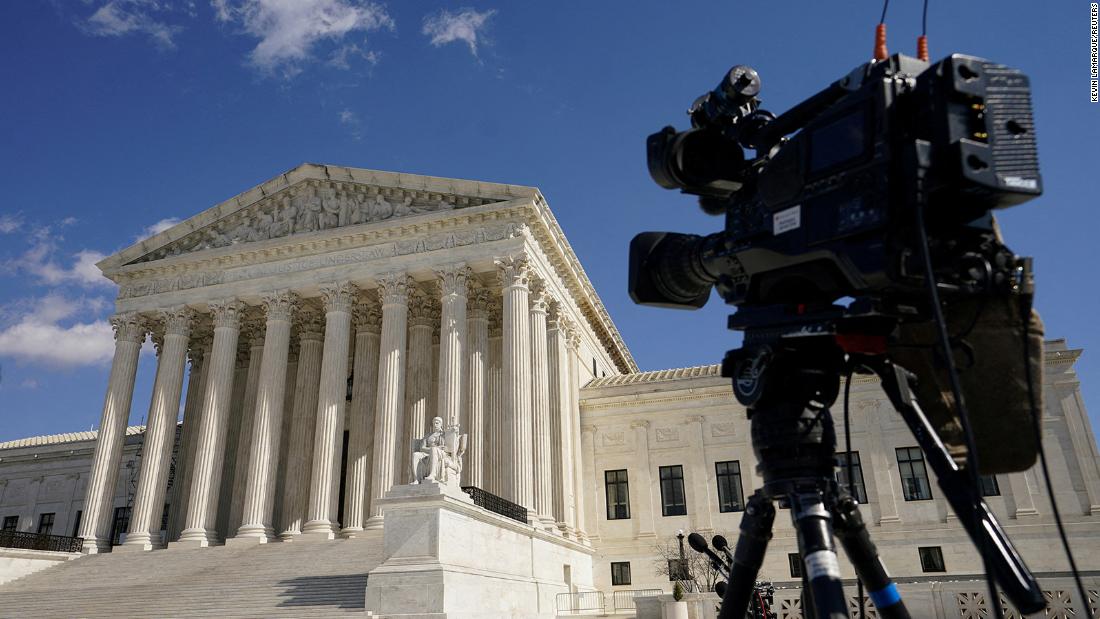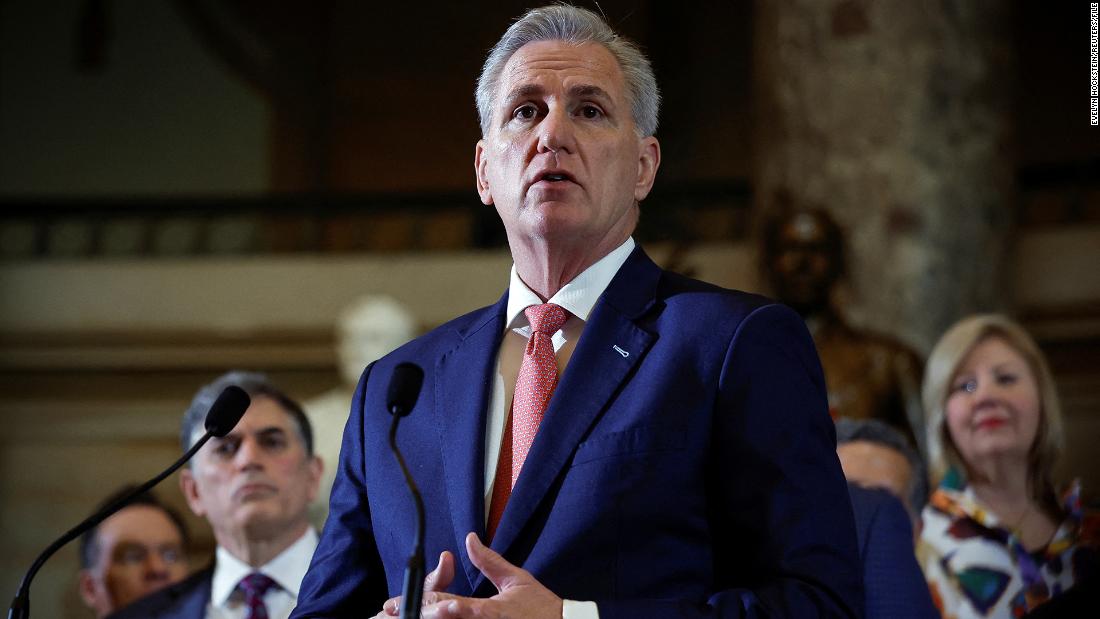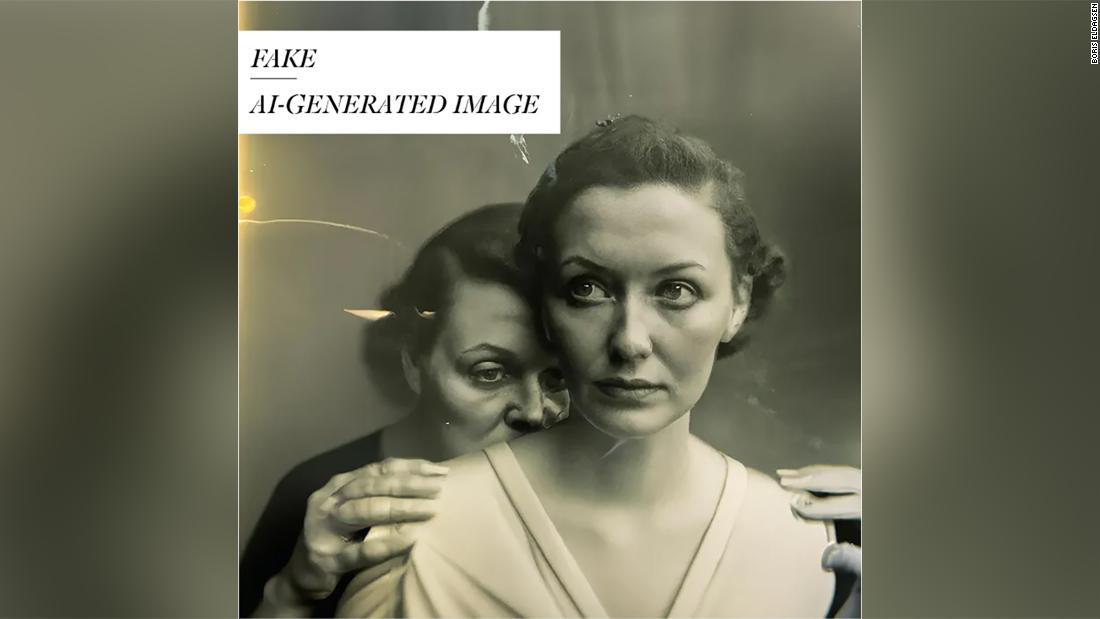A HUGE bang, muffled by dense fog, startled White House officials at Andrews military air base near Washington a few days before Christmas 1984.
It was followed by the scream of jet engines on full thrust.
Margaret Thatcher came close to losing her life in a plane crash in 1984Mirrorpix
Few people alive today are aware this was the moment Margaret Thatcher nearly died in a ball of fire.
Dignitaries including the US Secretary of State and the British Ambassador to Washington were ready to welcome the PM for a festive summit with President Ronald Reagan at Camp David.
Dozens of Downing Street staff and journalists were aboard the RAF VC-10, part of the Queen’s Flight.
It was December 22 and Mrs T was returning from talks in China about the future of Hong Kong.
A few hours earlier she had been in fraught negotiations with Communist Party chairman Deng Xiaoping.
Mrs T was distracted by Mr Deng’s frequent use of a spittoon near her feet.
The Iron Lady, still worried about the outcome, was looking forward to spending time with President Reagan and his wife, Nancy.
The VC-10 had begun descending for its third attempt to land in the fog after a 20-hour flight from Guam in the Western Pacific.
Suddenly the pilot aborted the approach and yanked up the nose.
The tail of the aircraft dropped into the trees below.
Catering trolleys broke free and careered down the aisle.
An enormous thud reverberated through the mainframe.
A few feet lower and there would have been no survivors.
As we climbed to safety it was clear that the Prime Minister had escaped death for the second time in eight weeks.
In October, Mrs Thatcher had been the target of the IRA bomb planted in Brighton’s Grand Hotel.
Overdue respect
This time, her life was endangered purely by an act of God.
The VC-10, used as a military refuelling tanker when it wasn’t carrying the Queen or the PM was diverted to Dulles Airport.
It left the reception party including US Secretary of State George Shultz and UK ambassador Sir Oliver Wright to dash 40 miles across Washington with a police escort.
We landed with our own Christmas tree, 8ft of severed pine top, tangled in the tail.
Mrs Thatcher insisted no action should be taken against the pilot, whose skill she credited for saving her life.
As she left the aircraft she handed him a scrap of paper. “There is a number on this,” she told him.
“If there are any problems, just call.”
Next Monday marks the centenary of the Iron Lady’s birth. By the time she died 13 years ago, Margaret Thatcher was well aware of her legacy as our greatest peacetime PM.
But she would have enjoyed the long overdue expressions of respect and admiration.
It is now compulsory for aspiring women leaders to hat-tip Maggie as Britain’s first woman PM.
Margaret Thatcher was the UK’s first female Prime Minister, and has inspired many women into politicsGetty – Contributor
Home Secretary Shabana Mahmood, who wants to be the next, has publicly paid tribute. Italian PM Giorgia Meloni is a fan, along with Japan’s new female PM Sanae Takaichi, a former heavy metal drummer.
Even Sir Keir Starmer has bent the knee in a bid for Tory votes at the last election. But he ripped down her portrait as soon as he entered Downing Street.
That would have given Maggie a hollow laugh. She spent her life fighting left-wing hypocrites.
Margaret thatcher rarely smiled with any warmth. She feared it might be interpreted as a sign of weakness. But she knew how to use her femininity.
Photographs tend to show her in big-shouldered, semi-regal outfits, always with the steely expression of a leader branded by admiring Russians as The Iron Lady.
She wowed Hungary, then a Soviet satellite, by turning up in knee-high boots and a fox fur hat to inspect the guard of honour. And she knew how to use her looks in battles with powerful men.
Lothario French President Francois Mitterrand was captivated after being “handbagged” at an EU summit: “She has the eyes of Marilyn Monroe and the lips of Caligula,” he drooled.
This fierce public persona — brisk, bustling and businesslike — was carefully cultivated.
I interviewed her many times in my quarter of a century as The Sun’s Political Editor and travelled the world as part of her Parliamentary Lobby entourage. It was never a relaxing experience.
The only time she unwound was on flights home when she kicked off her shoes, sipped a large glass of whisky and listened to the press pack singing satirical songs about her summits with world leaders.
Her sense of humour sometimes failed at crucial moments.
She couldn’t understand why people laughed when, in praise of her affable deputy Willie Whitelaw, she announced: “Everyone should have a Willie.”
PA:Press AssociationMargaret Thatcher defied expectations after she was picked by Tory grandees as a stop-gap leader[/caption]
Official biographer and columnist Charles Moore last month summed up the view of a nervous fan.
“In many ways, Thatcher was dislikeable,” he said. “But I did love her.”
He spoke for millions who then and since have come to see Baroness
Margaret Thatcher as the greatest peacetime Prime Minister this country has produced in modern times.
It is now part of British political folklore that Margaret Hilda Thatcher was picked by Tory grandees as a stop-gap leader to replace election flop Ted Heath until something better turned up.
“Let’s give the filly a run over a few furlongs,” they said at the Tory Carlton Club.
But Maggie just kept running. Her rivals couldn’t keep up. More to the point, she had assembled a hard-nosed support unit of seasoned political fighters to propel her into power.
They were led by Sir Keith Joseph, backed by advertising genius Tim Bell and bolstered by PR smoothie Gordon Reece, who taught Maggie to change her shrill voice to a husky whisper.
Norman Tebbit, the so-called Chingford Skinhead, branded a “semi-house-trained polecat” by Labour leader Michael Foot, came later.
Together they were the most formidable political fighting machine in modern history, ready to take on the trade union firebrands who had turned Britain into “The Sick Man of Europe”.
Thatcher became known as the Iron Lady and had a fearsome reputation on the world stageGetty
By the time she was brought down by treacherous Tory hatchet men in 1990, Thatcher was synonymous with sound government, formidable leadership and an economy which was the envy of the world.
Her tears on leaving Downing Street after being knifed by assassins in 1990, showed the Iron Lady, like the Tin Man, really did have a heart.
As her party prepares to mark the centenary of Britain’s most remarkable Prime Minister, male or female, I think Lady T would like that as her epitaph.
At last week’s Tory Party conference, a shadow of its former glory, there was a “Bring Back Maggie” theme with headless dummies modelling her power dresses.
But the Iron Lady was forged in another era, a time before social media, when duty and patriotism counted. When people read books and thought twice before marching in support of bloodthirsty death cults.
There will never be another Margaret Thatcher. But there will be another Winter of Discontent when voters come face to face with the consequences of bad government.
Trevor Kavanagh
Thatcher was a devout supporter of immigration — and assimilation.
She had strong connections and alliances with the Arab world.
Golden rules
Jewish men served in Cabinet roles, including Chancellor Nigel Lawson, Home Secretary Leon Brittan, Defence Secretary Malcolm Rifkind and problem solver David Young.
It is a salutary experience to realise these names mean nothing to Generation Y or Z, those in their twenties and thirties for whom the 1980s is a foreign land.
They can barely remember the moment when it all went wrong, in 2010, with the dawn of David Cameron and his disastrous Lib-Con coalition.
Cameron and Chancellor George Osborne immediately turned their backs on Thatcherism.
They could barely bring themselves to utter her name, let alone her three golden rules of good government: strong defence, strong economy and strong law and order.
Instead, along with credulous Michael Gove, they chose to worship at the shrine of Tony Blair, and drenched us in green crap, open borders and gold-plated EU regulation.
Labour chancellor Rachel Reeves has a monumental task as Labour’s chancellorGetty
Wretched George Osborne went on to become the worst-ever Chancellor before Rachel arrived from Accounts.
In an act of monumental stupidity he turned stamp duty into a dead weight on the economy and a tank trap for job mobility.
In a class act this week, Kemi Badenoch staked her claim to Thatcher’s mantle by promising to scrap stamp duty altogether. It was an inspired decision, for several reasons.
First, it’s a no-brainer. It makes absolute sense, economically and socially.
Second, it was a wrong’un from the moment it was sold to Osborne as easy meat by HM Treasury.
Third, it cannot be stolen by Nigel Farage because his Reform conference came and went without any serious economic policy promises.
This was a bad miss, Nigel. And finally, Rachel can’t touch it because taxes under Labour must always, always go up.
The final plus for the Tories is that this is a policy that will fructify with time.
Voters will begin to do their sums, especially as poor Rachel comes to pick their pockets again next month.
They will begin to understand the Laffer Curve, an economic theory unknown to Tory Chancellor Jeremy Hunt. This argues that lower taxes lead to greater wealth and prosperity.
There will never be another Margaret Thatcher. But there will be another Winter of Discontent when voters come face to face with the consequences of bad government.
There will be social division, perhaps violent, which will require the smack of firm government.
The UK economy is in deep doo-doo and the Budget will make it worse.
Our borders are under assault. And the threat of conflict at home and abroad is growing.
Nigel Farage is a victim of high expectations. A lot can go wrong between now and polling day.
Kemi’s Tories have begun to talk about Margaret Thatcher’s three golden rules. Disgruntled Tories will start listening.
Published: [#item_custom_pubDate]












